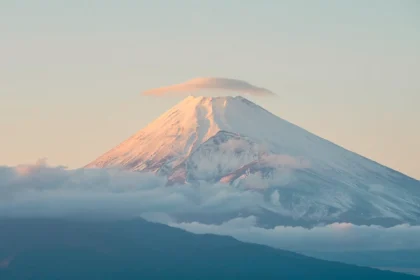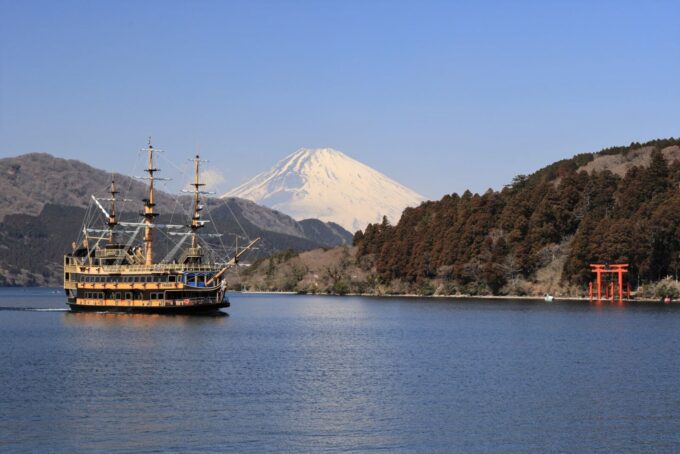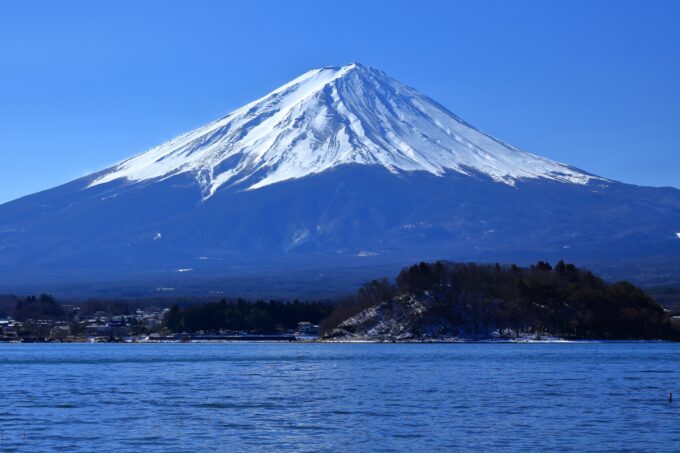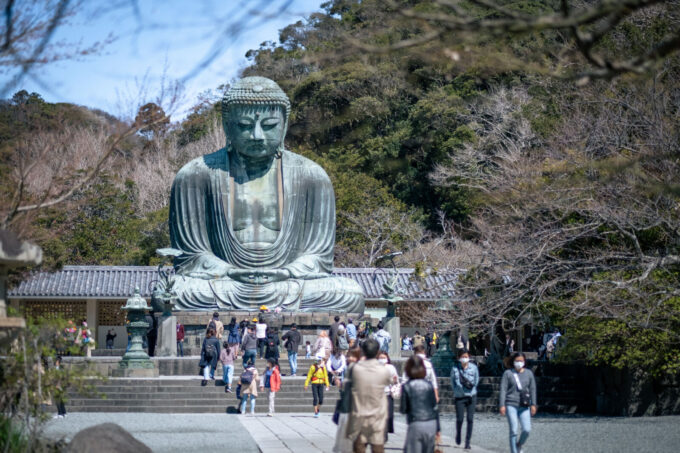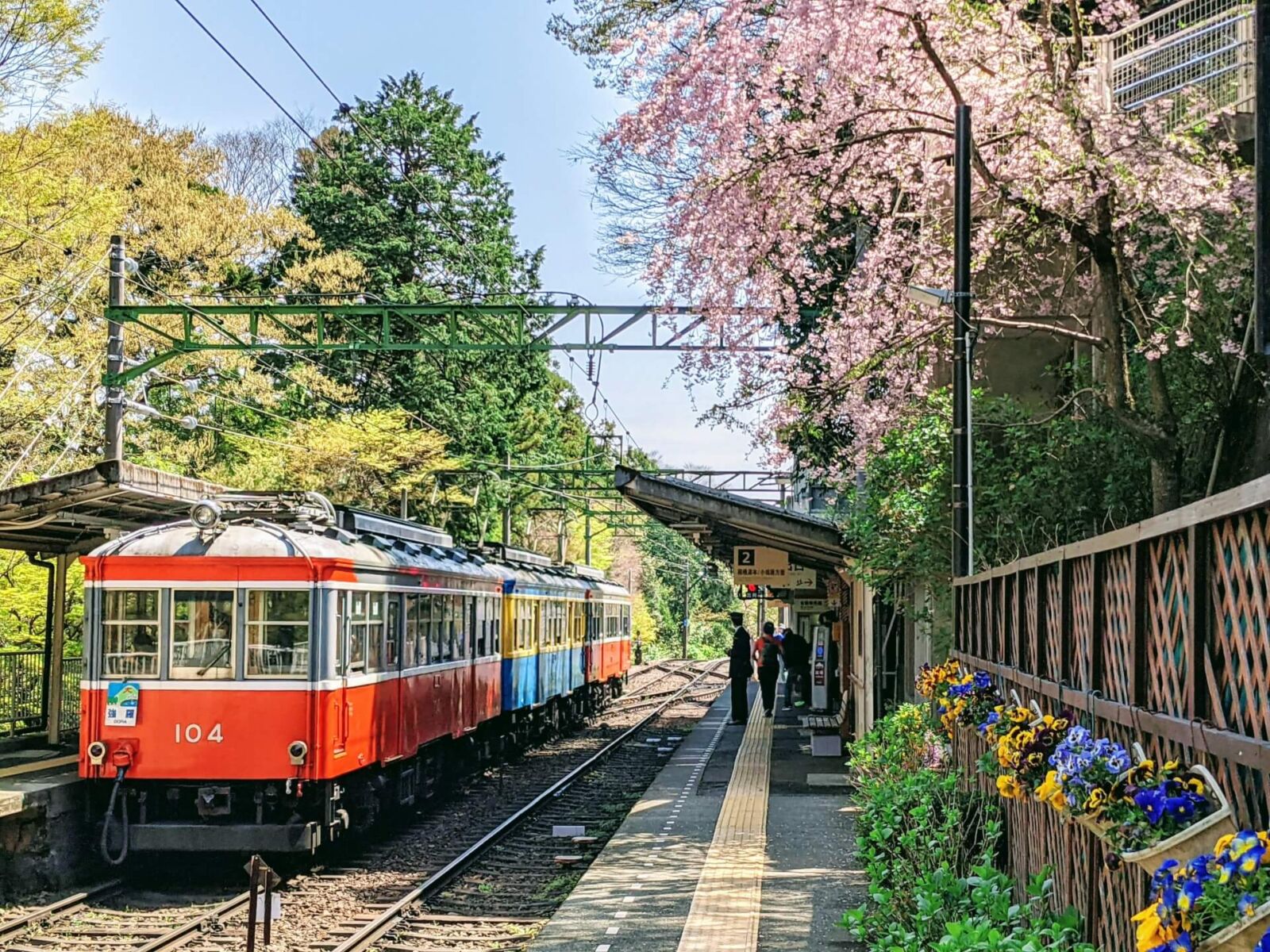
Located within the Fuji-Hakone-Izu National Park, the area broadly referred to as Hakone is known for its hot springs, traditional guesthouses, museums, autumn colours and outstanding views of Mount Fuji. Positioned between the mountain and Tokyo, Hakone is a popular destination throughout the year for both Japanese and international visitors, many of whom choose to stay at least one night to enjoy one of the area’s many hotels and ‘ryokan’ (traditional guesthouses). On this page you will find the following information:
-- 20 Best Things to Do Around Hakone
-- Where to Stay When Visiting Hakone
-- Book With Us! Nagano's No.1 Tour & Charter Operator
Anyone visiting Hakone should make time to enjoy at least one ‘onsen’ (hot spring), in combination with one of the area’s many attractions. Many visitors will of course want to see Fuji while in the area, making one of Hakone’s two ropeways a great daytime activity – especially on clear days when the views of Fuji can be outstanding. The area is equally well-known for its museums, including some beautiful outdoor museums, and natural attractions including Lake Ashi and the brooding sulfuric ponds of Owakudani Valley. We highly recommend spending at least 2 days in Hakone to make the most of your time and to see a good range of what the region has to offer. Check out our ‘How to Spend 48 Hours in Hakone’ page for inspiration on planning your trip!
If after reading this page you want to discover Hakone for yourself, then join our ‘Hakone Highlights’ tour or our ’1 Day Trip : Mount Fuji and Hakone’ tour! Click on the tour cards below for more information.
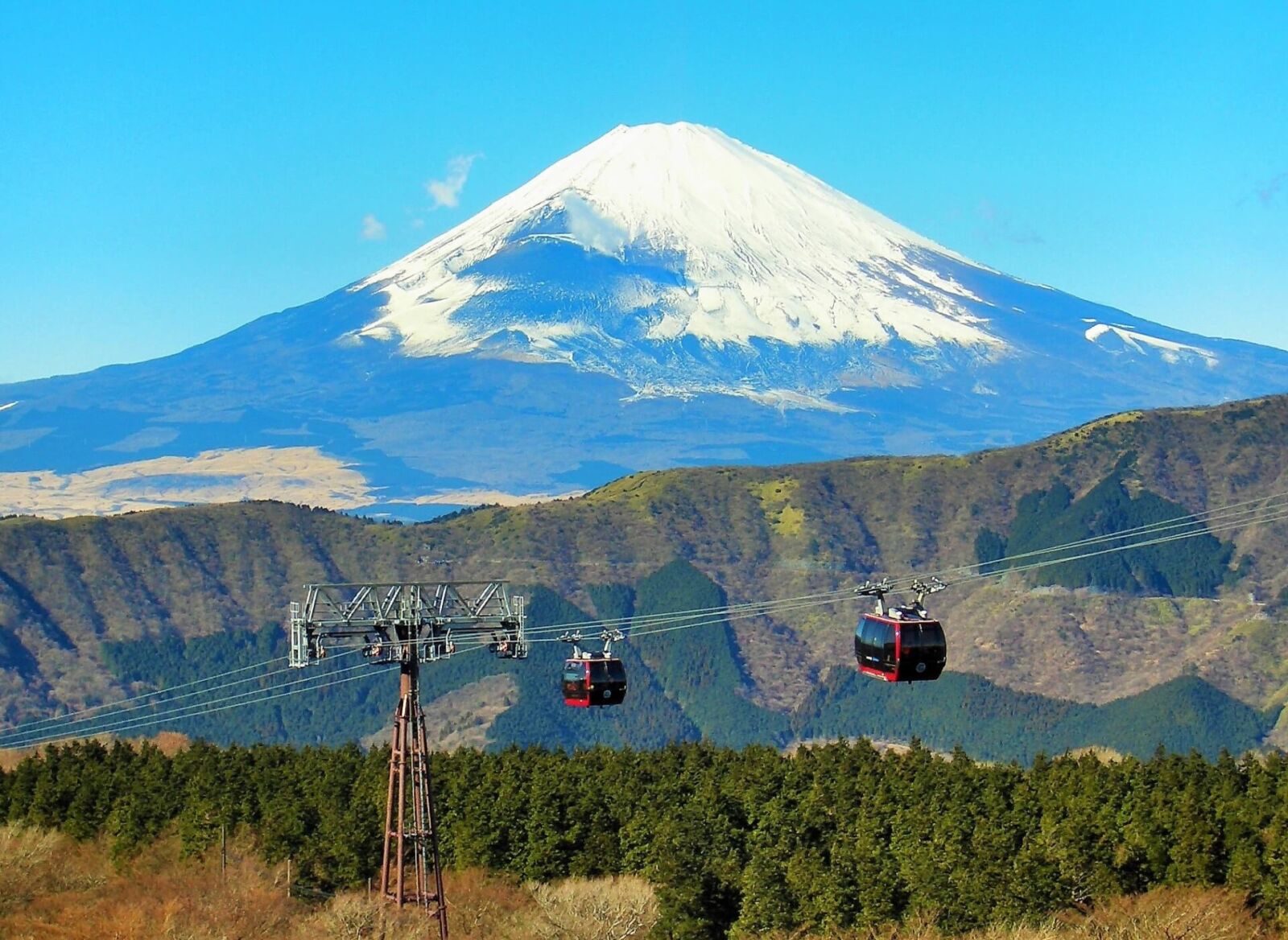

Always beautiful, Hakone is enjoyable at any time of year however perhaps at its most stunning – and certainly, most popular – in autumn when the changing leaves transform the region into a mosaic of gold, red, amber and brown. Located nearby Mount Fuji, Hakone is a popular hot spring area offering visitors plenty of fantastic attractions and activities, not to mention great views of the mountain. Many visitors heading to Hakone will do so directly from Tokyo or from areas around Mount Fuji. For travellers heading to Hakone from other points of origin, it may also be necessary to do so via Tokyo. Let’s begin with the obvious question…
WHERE IS HAKONE?
Hakone is a popular 'onsen' (hot spring) area lying around 90km to the south-west of Tokyo. Known for its wide range of accommodation options - including lots of traditional guesthouses with their own hot springs - along with plenty of great restaurants, museums, galleries and other attractions, Hakone attracts lots of visitors given its close proximity to the capital. Part of the larger area of Fuji-Hakone-Izu National Park, visitors to the area can often enjoy some of the best views of Mount Fuji to the west with the months of October and November being a particularly popular time of year given Hakone's beautiful autumn colours. For information on how to get there, see our 'How To Get To Hakone' page.
20 BEST THINGS TO DO AROUND HAKONE
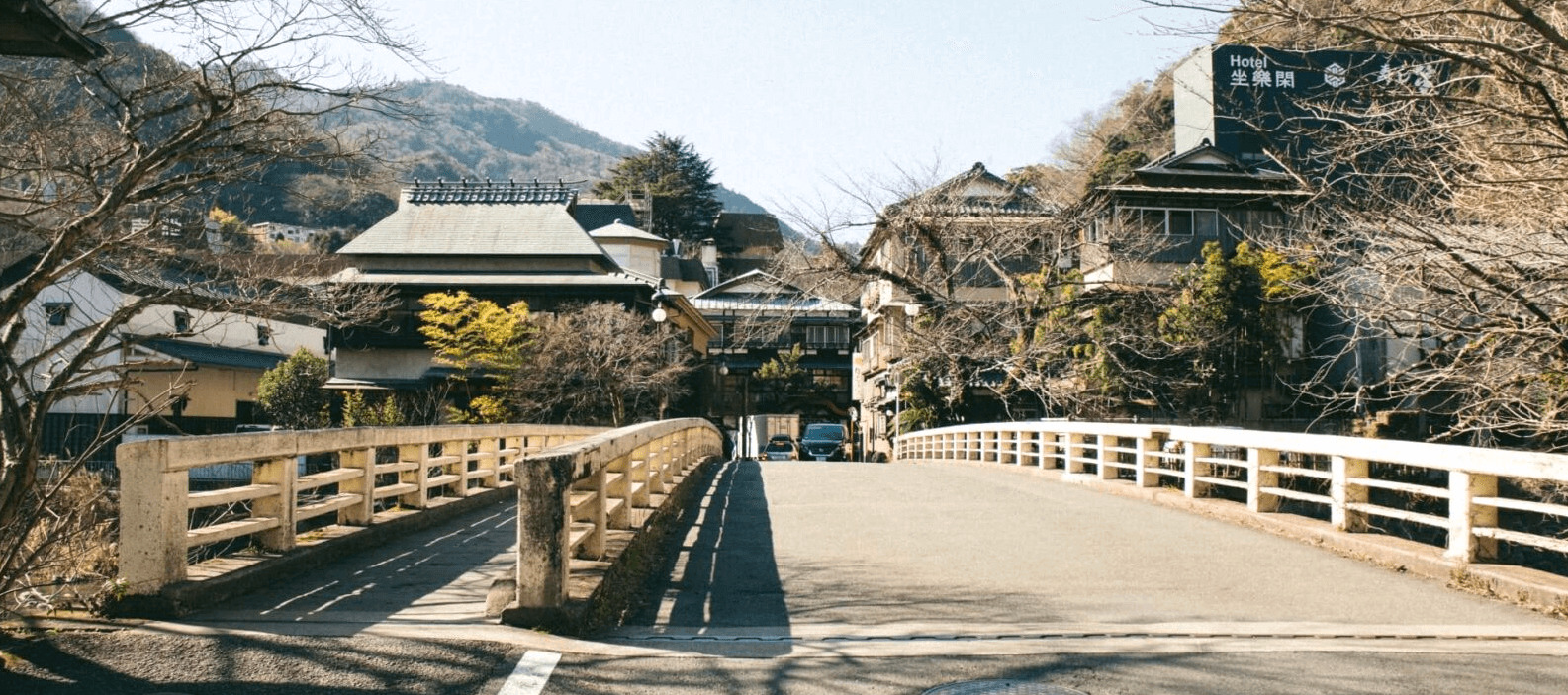
Readily accessible from Tokyo using the trains, Hakone offers visitors lots of reasons to visit. Most famously, Hakone is known of its numerous guesthouses including many 'ryokan' (traditional guesthouses), many of which have their own hot springs and offer international visitors the chance to enjoy the total comfort and relaxation of Japanese service. Hakone is also popular getaway destination for Tokyoites, especially in the hotter months due to the fresh Mountain air. Hakone is home to many excellent galleries, museums and restaurants and of course, known for its outstanding views of Mount Fuji. Here's our suggestion of the 15 best things to do in and around Hakone:
1 / STAY AT A TRADITIONAL GUESTHOUSE / all year round
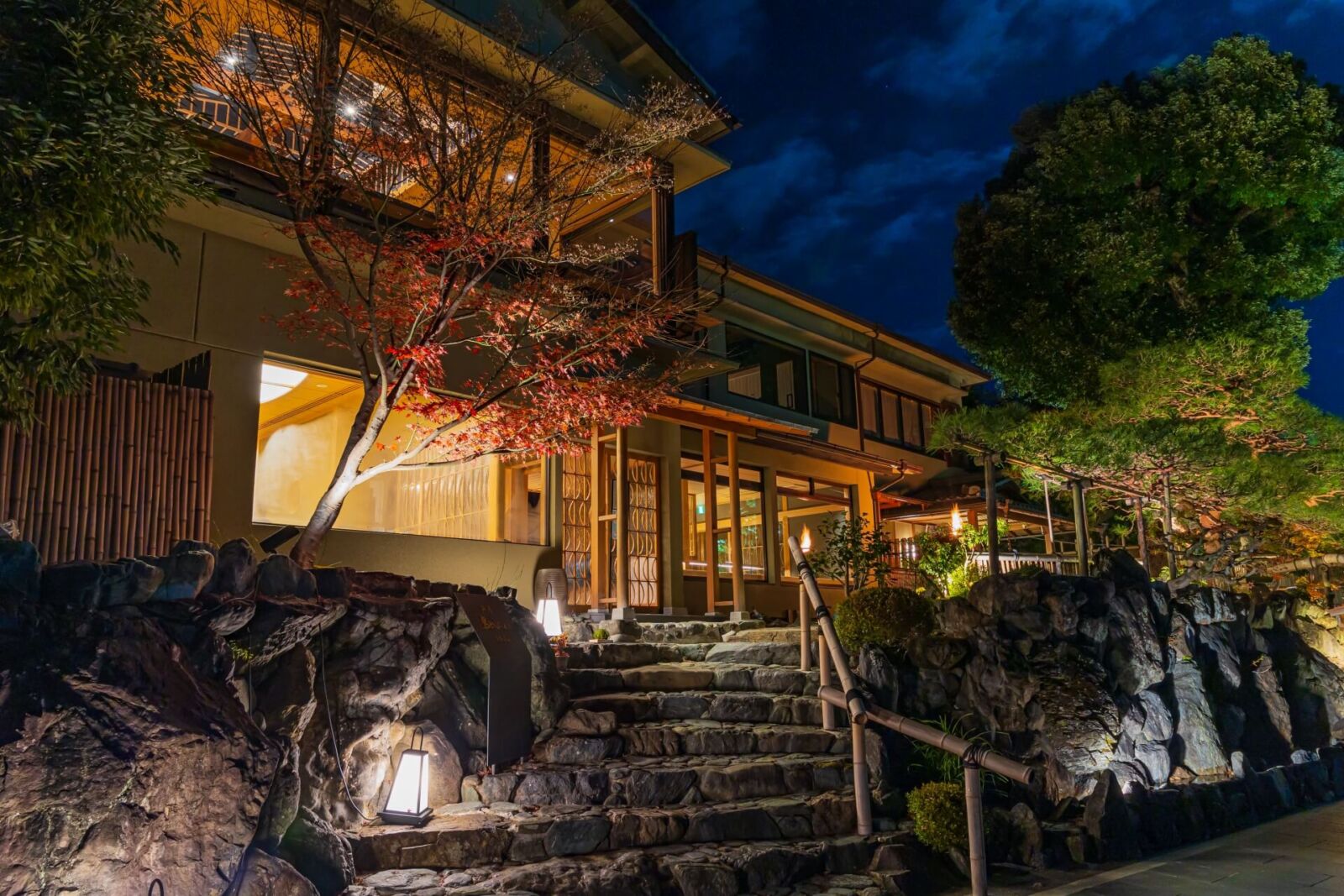
Hakone is famous for its plethora of hot springs due to the natural volcanic activity the region has. Hakone is a great overnight destination for unwinding and with so many hotels and guesthouses to choose from, we recommend staying at least one night. Visitors will find a range of accommodation options catering to different budgets and needs, from Western-style hotels to more traditional guesthouses, known as ‘ryokan’. Upon arrival at a ryokan, you step into Japanese tradition and all the comforts the country’s renowned dedication to service can offer you. The emphasis is on total relaxation with most providing traditional ‘kaiseki’ (multi-course) dinner service – often served in your room – and their own in-house hot springs for the exclusive use of guests. Why not check out our ‘What to Eat in Hakone’ page for more inspiration on Hakone’s famous foods! For any international visitor, they should stay at a ryokan at least once during their visit to Japan and there is no better or more popular place to do so than Hakone. For accommodation listings in Hakone, see 'Where To Stay When Visiting Hakone' below.
2 / SOAK IN AN 'ONSEN' / all year round
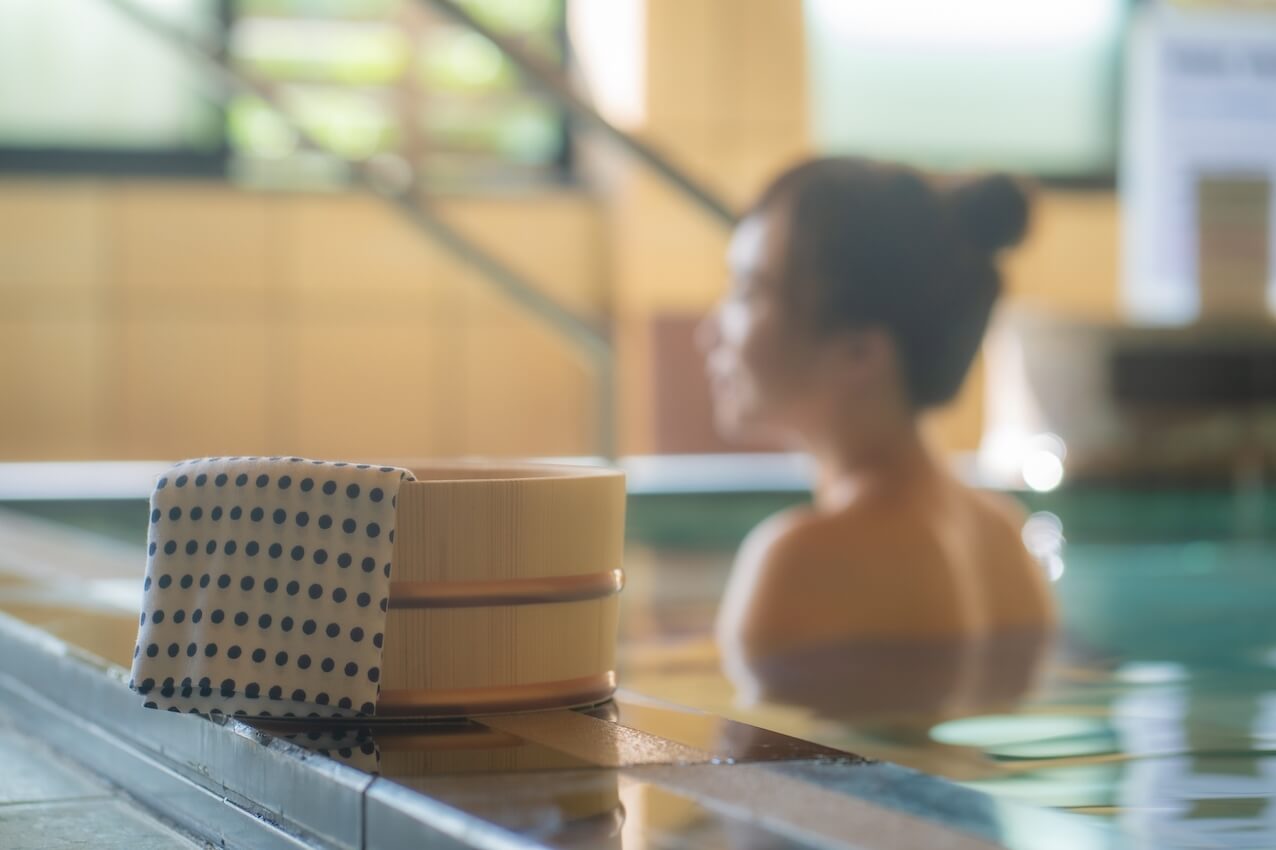
Known as ‘onsen’ in Japan, natural hot springs are found throughout the country and offer one of the most relaxing experiences you can have while here. Hakone is blessed with many natural sources of thermal water and for generations, has been a popular onsen getaway for people coming from Tokyo and beyond. Most traditional guesthouses along with many other hotels will have their own hot springs – usually both indoor and outdoor and often with the option of booking a private onsen – for the exclusive use of guests. Enjoyable any time of year, onsen is perhaps best experience during autumn as the landscape turns red, yellow, and orange followed by winter, when snow softly falls. Hakone also has a number of public hot springs, open to the public through the day. Most have the option of rental towels so even if you haven’t come prepared, you can still enjoy the most quintessential of Japanese experiences and soak in a natural hot spring. Check out our ‘Wellness and Relaxation in Hakone’ page for more information on this wonderful part of Japanese culture and how to enjoy your time in Hakone. While Hakone is not covered by the following, our ‘Onsen In & Around Nagano’ page provides lots of good information about what’s involved in enjoying an onsen, rules and etiquette and more!
3 / HAKONE OPEN AIR MUSEUM / all year round
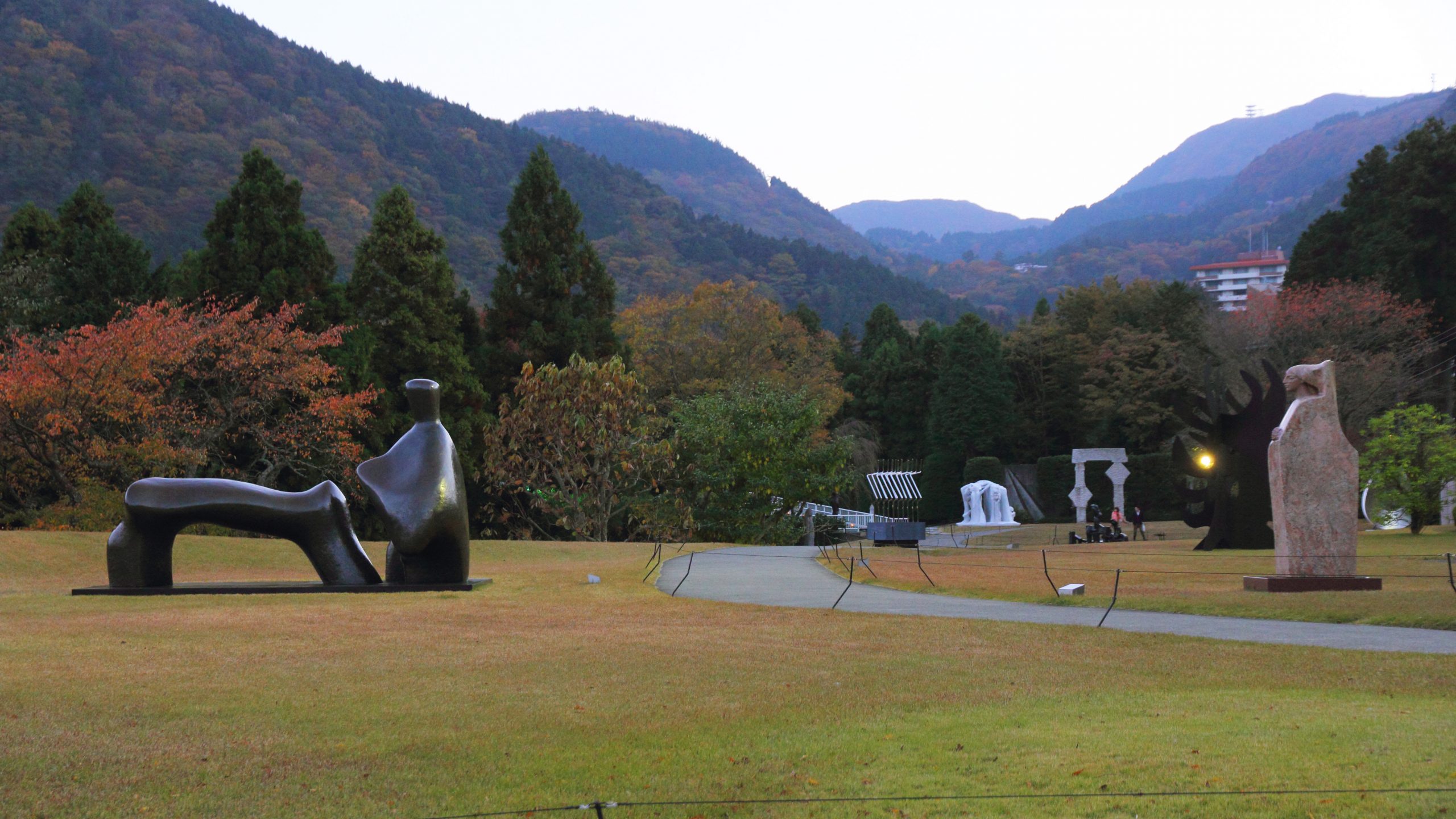
The beautiful setting of Hakone and its popularity has an onsen town has encouraged many excellent museums to establish themselves in the area. The range of these Museum’s exhibitions is broad and they are spread-out across the area, giving visitors plenty to see and do over a couple of days in the area. Check out our ‘Hakone is for Art Lovers’ page to find out more about the amazing museums in the area. Accessible via the Tozan Railway – see below for details - Hakone Open-Air Museum mixes traditional indoor galleries with outdoor installations including artworks by many notable artists including Picasso, Rodin and Medarado Rosso. Visitors to the museum should allow a couple of hours, if not an entire morning or afternoon, to enjoy the museum to its fullest.
4 / THE POLA MUSEUM OF ART / all year round
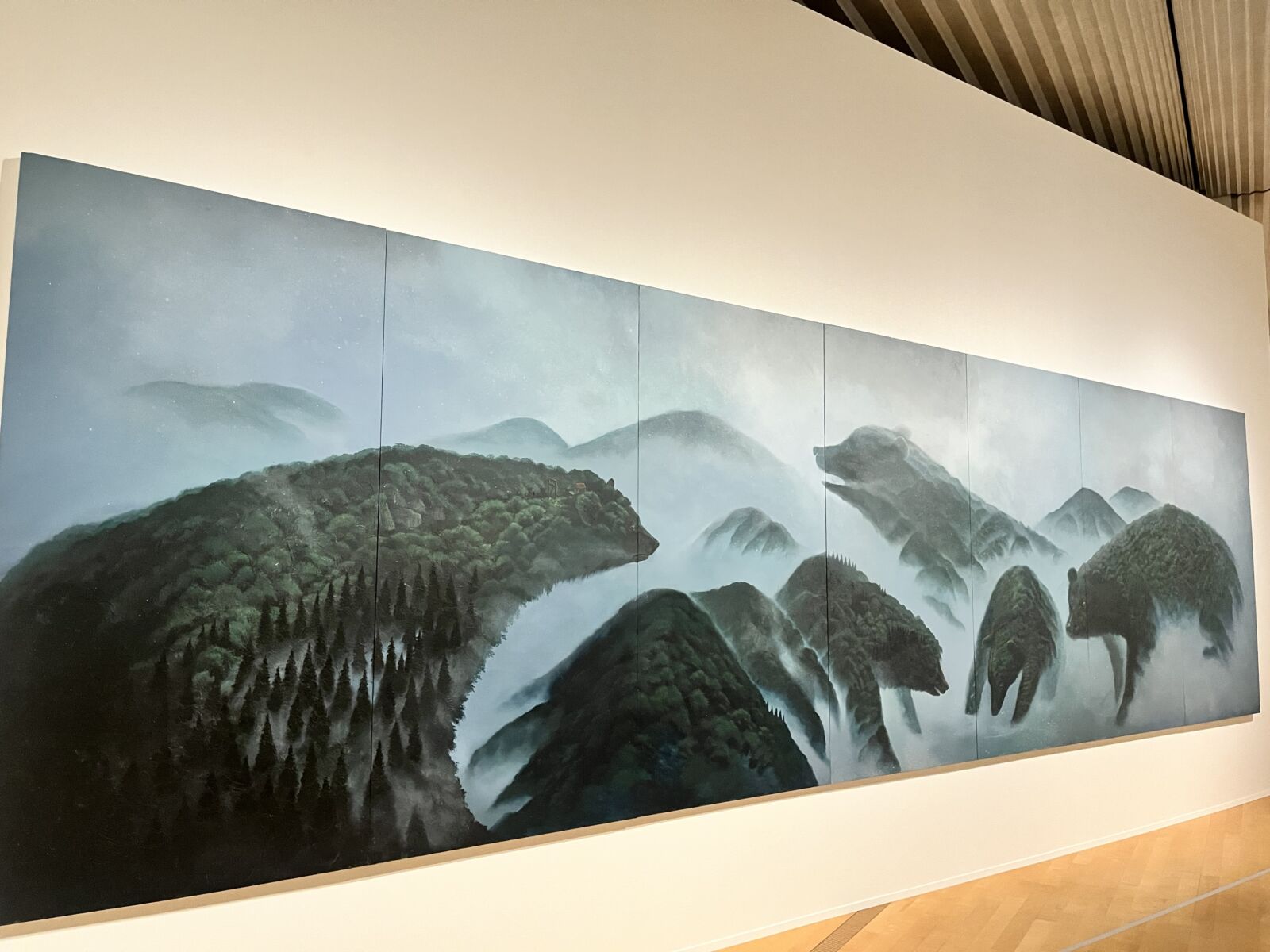
The POLA Museum of Art is set among a beautiful beech forest and displays the private collection of Tsuneshi Suzaki, the late-owner of the POLA cosmetics group. The museum houses notable artworks by Cezanne, Monet, Picasso and Renoir along with contemporary sculpture and paintings from Japanese artists. The museum itself embodies striking architecture, set beautifully within its natural setting and also has a stunning outdoor trail nestled amongst the forest. There is also a cafe and shop that can be enjoyed.
5 / HAKONE VENETIAN GLASS MUSEUM / all year round
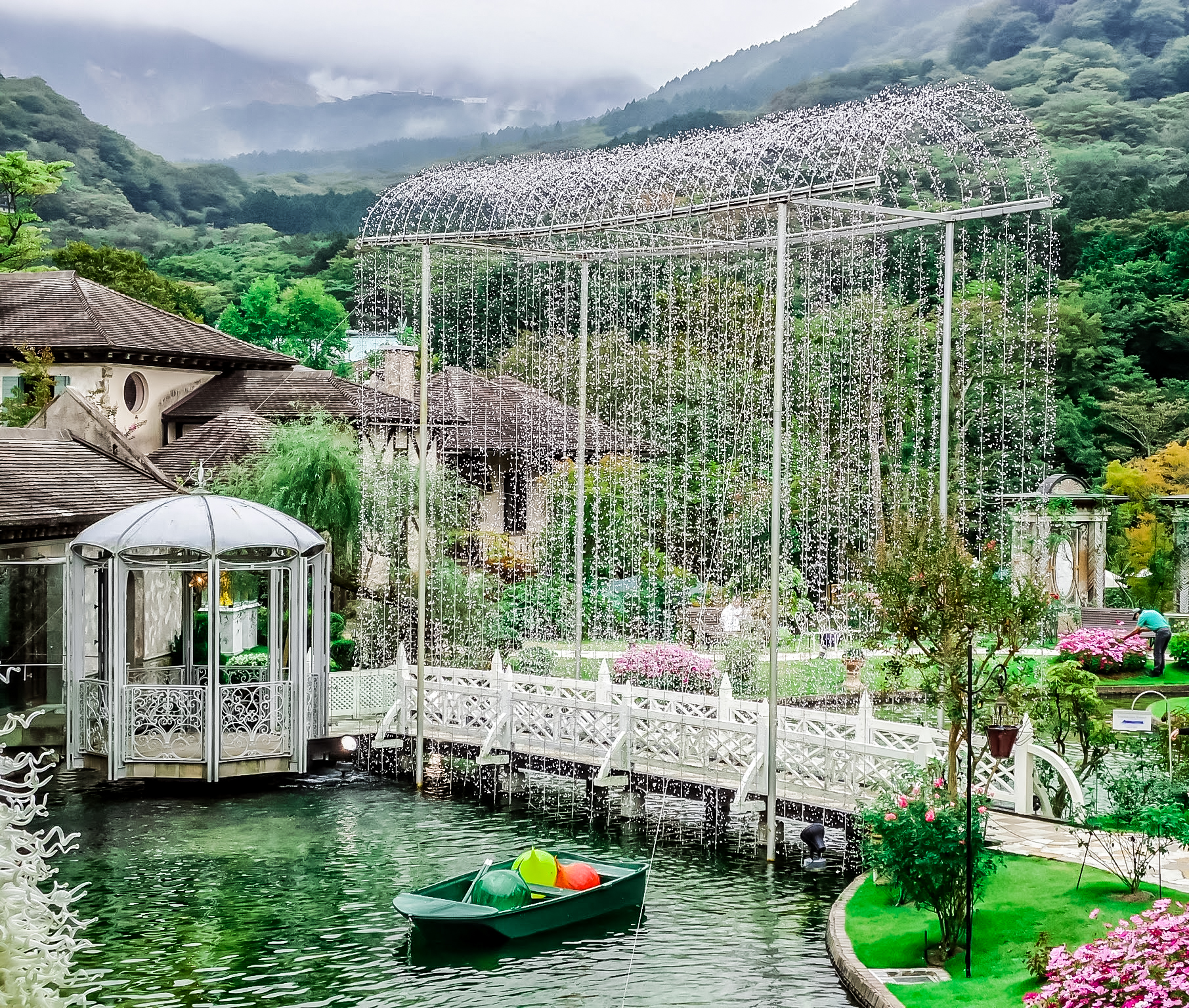
The quaint Hakone Venetian Glass Museum or Hakone Glass no Mori includes a landscaped garden surrounding a canal-like pond and imitation Italian buildings housing a collection of more than 100 pieces of Venetian glassware. While the collection may not cater to everyone’s taste, the on-site café restaurant and tranquil setting make it an enjoyable place to spend a few hours while in Hakone. Visitors can even try their hands at glass blowing workshops, but these need to be booked in advance and are held at specific times throughout the day.
6 / RIDE THE HAKONE ROPEWAYS / all year round
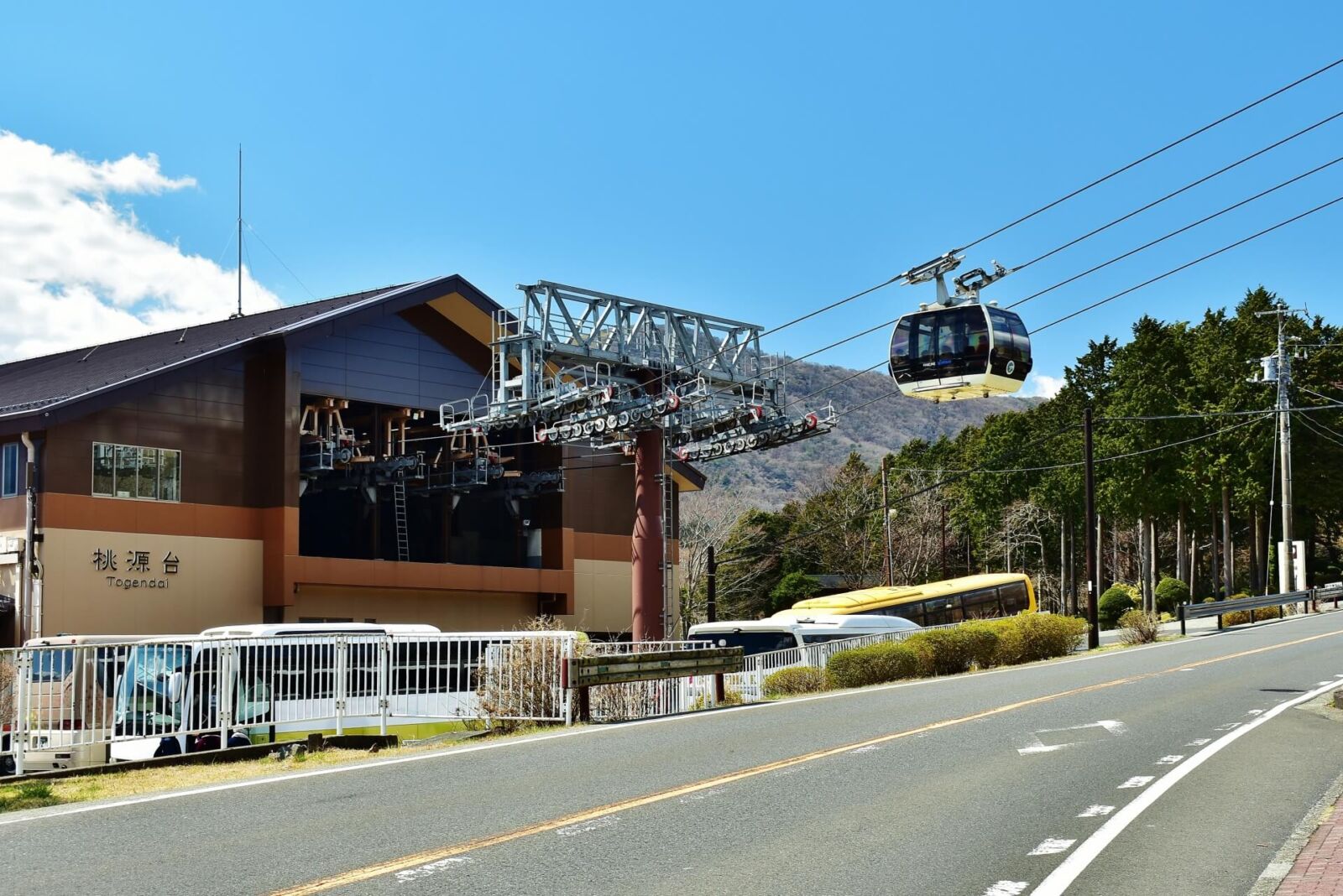
Hakone boasts two ropeways, both of which afford fantastic views of Mount Fuji on clear days. The first of those is the suitably named:
HAKONE ROPEWAY
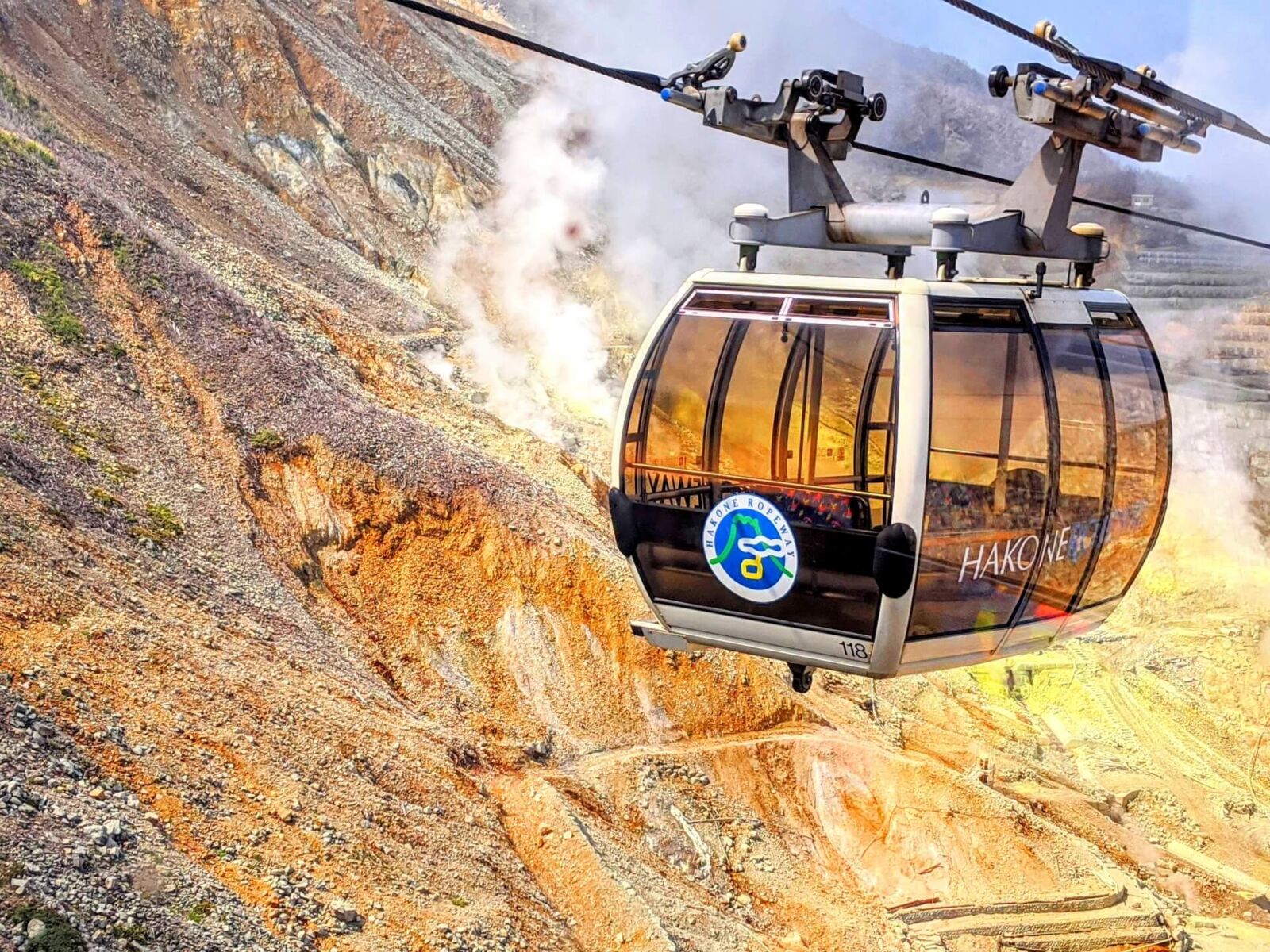
The more popular of the two ropeways, the Hakone Ropeway - pictured in the two images above - operates from Sounzan Station to Togendai Station with the stations of Owakudani and Ubako in-between. Gondolas depart every minute and can carry up to 18 people on a journey which, from one end to the other takes around 35 minutes. Visitors wanting to access the Hakone Open-Air Museum – see above for details – along with Owakudani or Ashinoko (Ashi Lake) – see below – can do so riding this ropeway. On a clear day the ropeway affords great views of Fuji but it should be noted that poor weather, maintenance and increased volcanic activity can lead to unexpected closure of the ropeway.
HAKONE KOMAGATAKE ROPEWAY
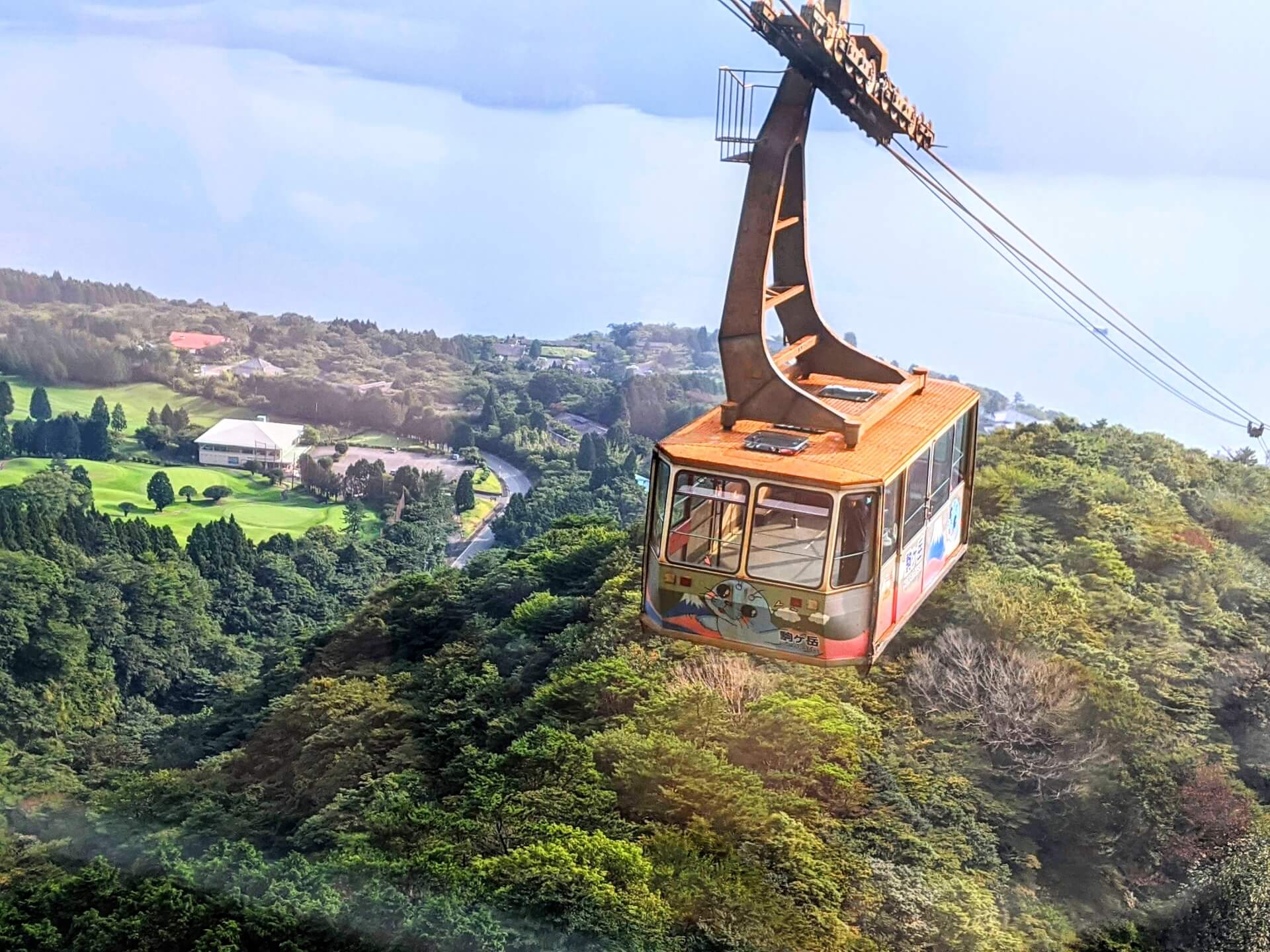
Running from Hakone-En Station on the shores of Lake Ashi to the Komagatake Chojo Station, the Hakone Komagatake Ropeway transports passengers close to the Komagatake peak of Mount Hakone. Much like the Hakone Ropeway, when weather conditions are favourable the ropeway affords fantastic views of Fuji along with Ashinoko lying below. Nearby Komagatake Chojo Station, the Hakone Mototsumiya Shrine is a notable feature while walking trails span-out and lead back down to the lake or across to Owakudani Station – on the Hakone Ropeway – and ultimately, all the way back down to Sounzan Station.
7 / OWAKUDANI / all year round
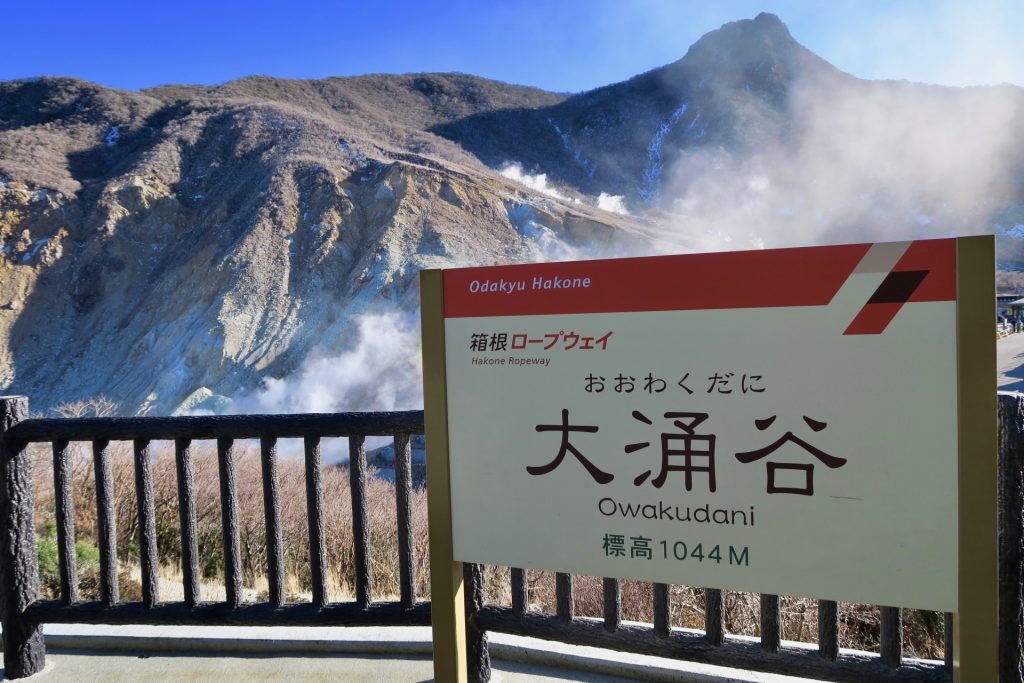
Accessible via the Hakone Ropeway, Owakudani is a dramatic volcanic zone, characterised by boiling hot springs, hot rivers and sulphurous clouds drifting through the valley. The area was formed around 3000 years ago when the Hakone volcano last erupted. Today, it draws many visitors who come to experience a landscape they will rarely have the chance to visit - and so close to major urban centres! Walking trails lead around the volcanic zone with restaurants and souvenir shops also available. On a clear day, visitors can enjoy another fantastic view of Fuji from Owakudani.
8 / ASHINOKO (ASHI LAKE) inc. BOAT CRUISES / all year round
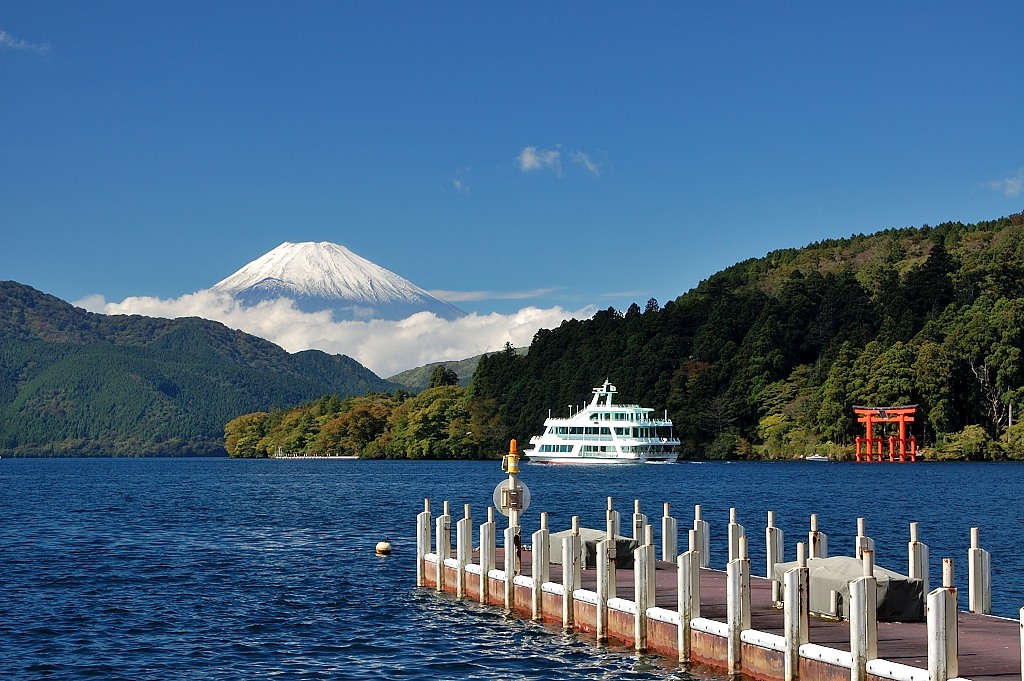
Accessible from Hakone using the Hakone Tozan Railway and then the Hakone Ropeway, 'Ashinoko' or Ashi Lake is a popular destination known for its beautiful view of Fuji and famous red 'torii' of Hakone Shrine. When planning a visit to Ashinoko it should be noted that if the weather is overcast or its raining there may well be no view of the mountain. Yet on a clear day, the view is beautiful and allows for some terrific photography. Two companies operate sightseeing boats on the lake. Expect to pay around JPY1000 with cruises lasting a relatively short 30 minutes.
9 / HAKONE SHRINE / all year round
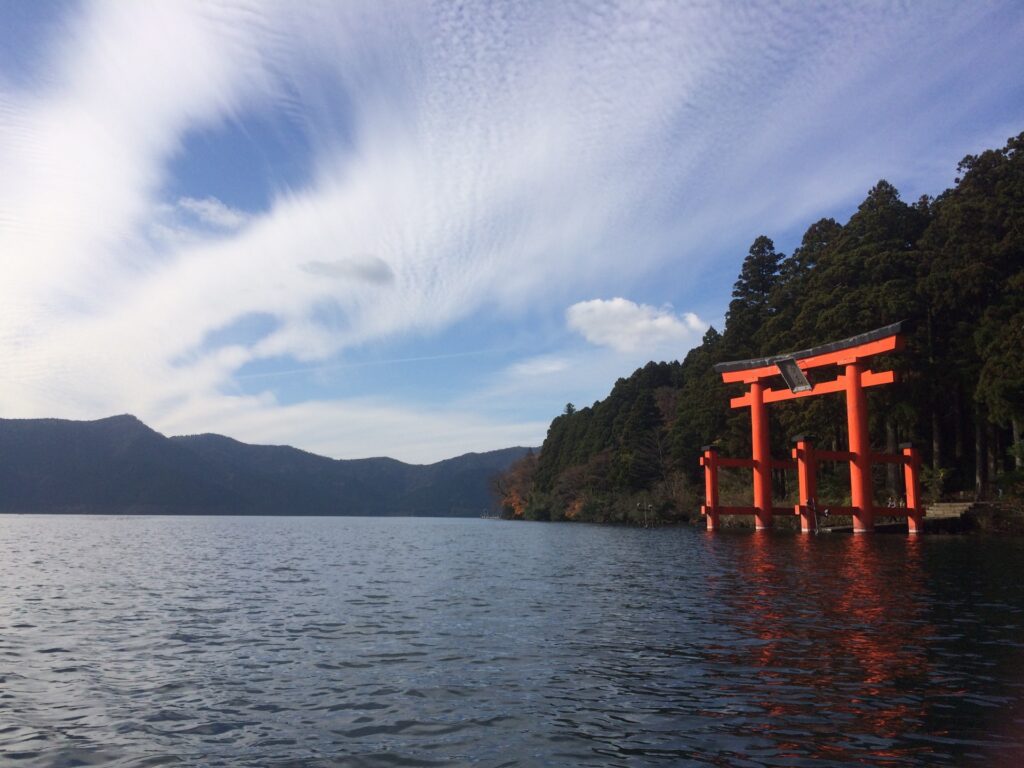
Hidden within forest on the shore of Ashinoko, the Hakone Shrine is one of two Shinto shrines in the immediate area – the other being the Hakone Motostumiya Shrine accessible using the Komagatake Ropeway. While Hakone Shrine is shielded by the forest trees, its location is revealed by the large red ‘torii’ gate sitting in the waters of Ashinoko. From that point, a steeply ascending staircase leads into the forest and onto the shrine, flanked by lanterns and tall cedars.
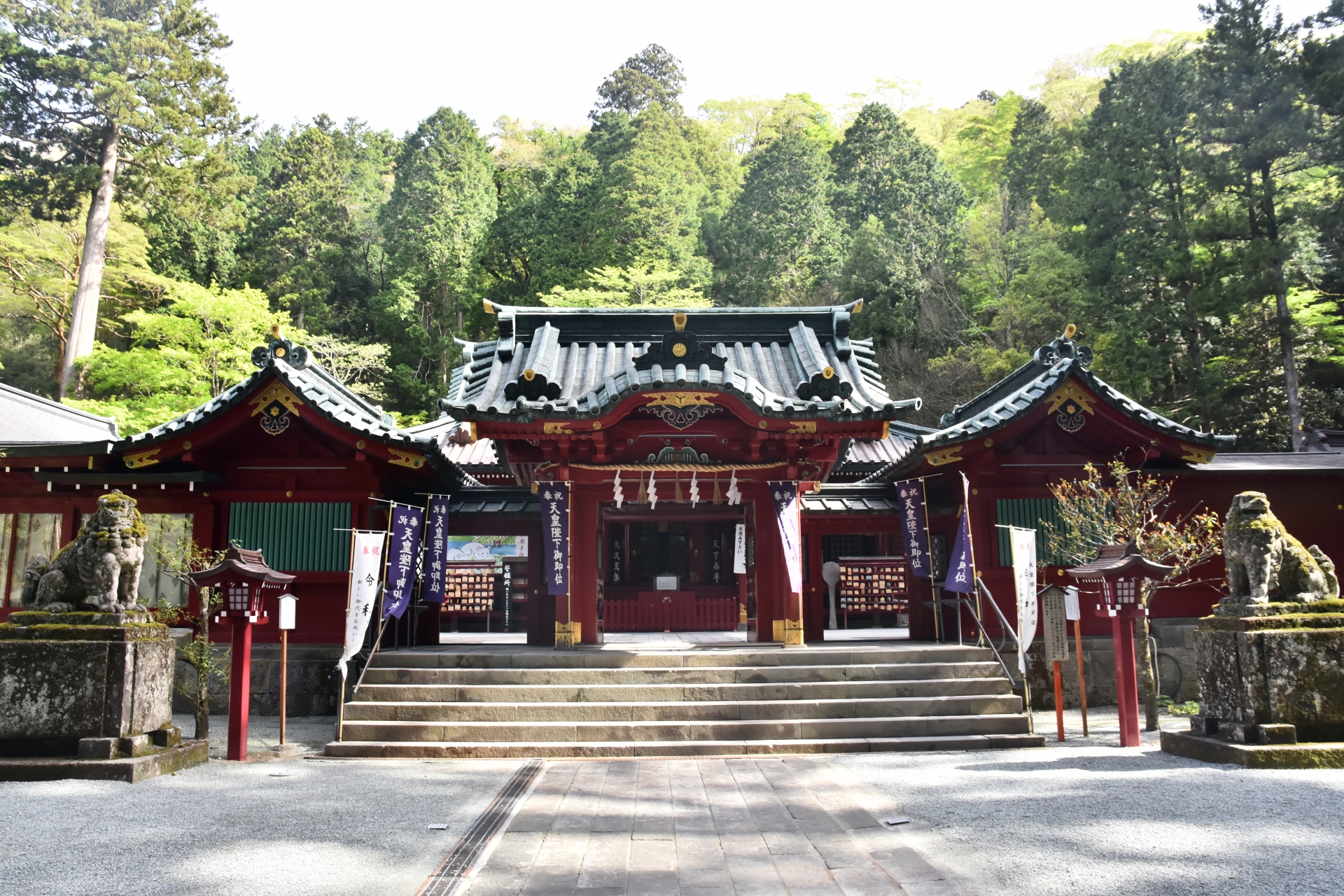
First consecrated in 757, the shrine was originally positioned near the summit of Komagatake but relocated to its current location in 1667. In-keeping with almost all Shinto complexes, the main shrine will be closed at night but the surrounding grounds are always accessible.
10 / HAKONE TOZAN RAILWAY / best: spring to autumn
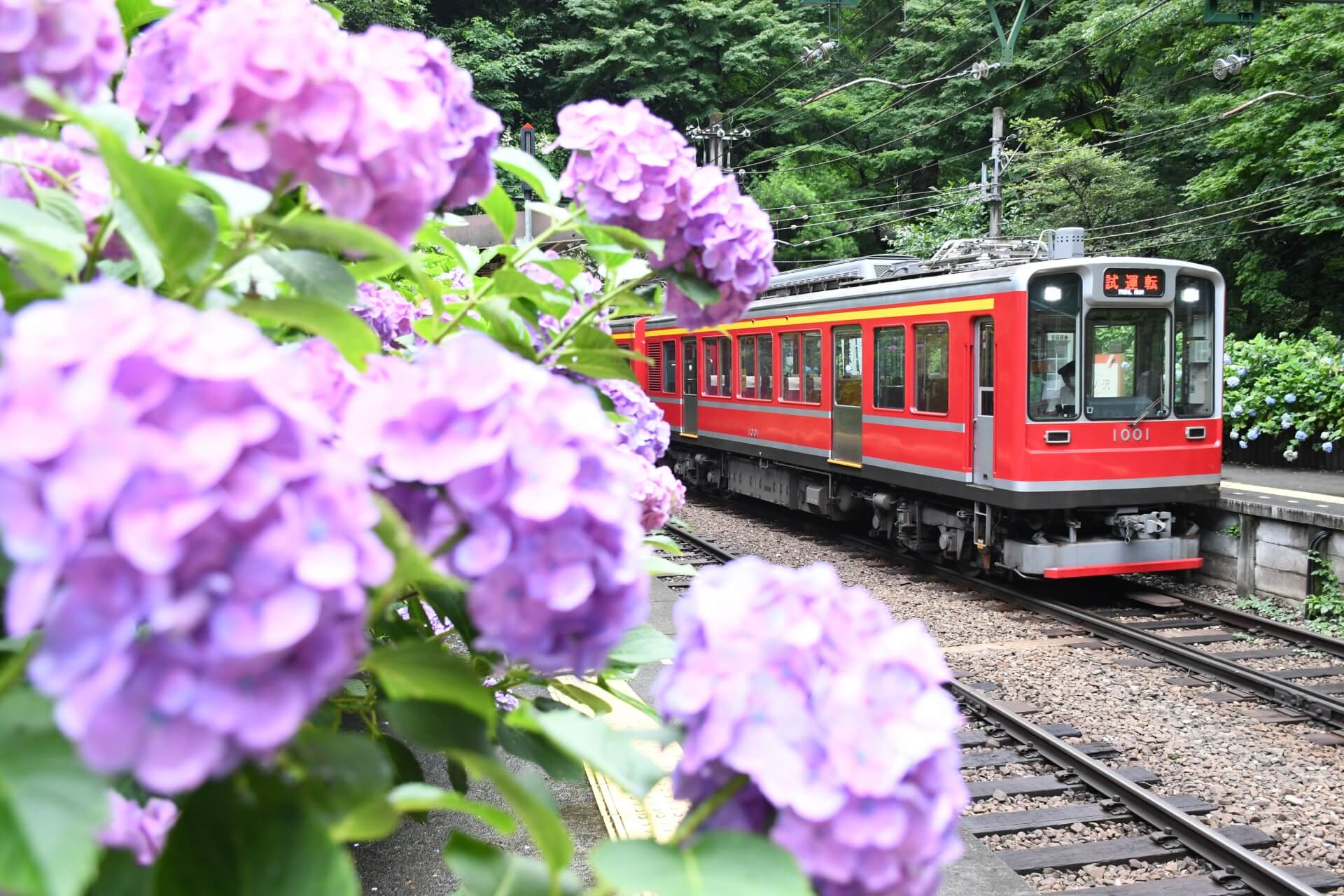
Running from Hakone-Yumoto Station - in central Hakone - to Gora Station, the Hakone Tozan Railway is an enjoyable 35-minute ride on Japan's oldest mountain train line. In doing so, the railway provides access to and from the Hakone Ropeway - ascending to Ashinoko via Owakudani. The railway is single track and in door to ascend the steep mountain incline, requires three switchbacks when the train pulls inside a side yard in order to switch tracks and continue onward. Particularly beautiful in June and July when ‘ajisai’ (hydrangeas) line the tracks, and again in late-October to November when the stunning autumn leaves take hold, riding the Hakone Tozan Railway is a fun and relaxing experience.
11 / HAKONE TOKAIDO CHECKPOINT / all year round
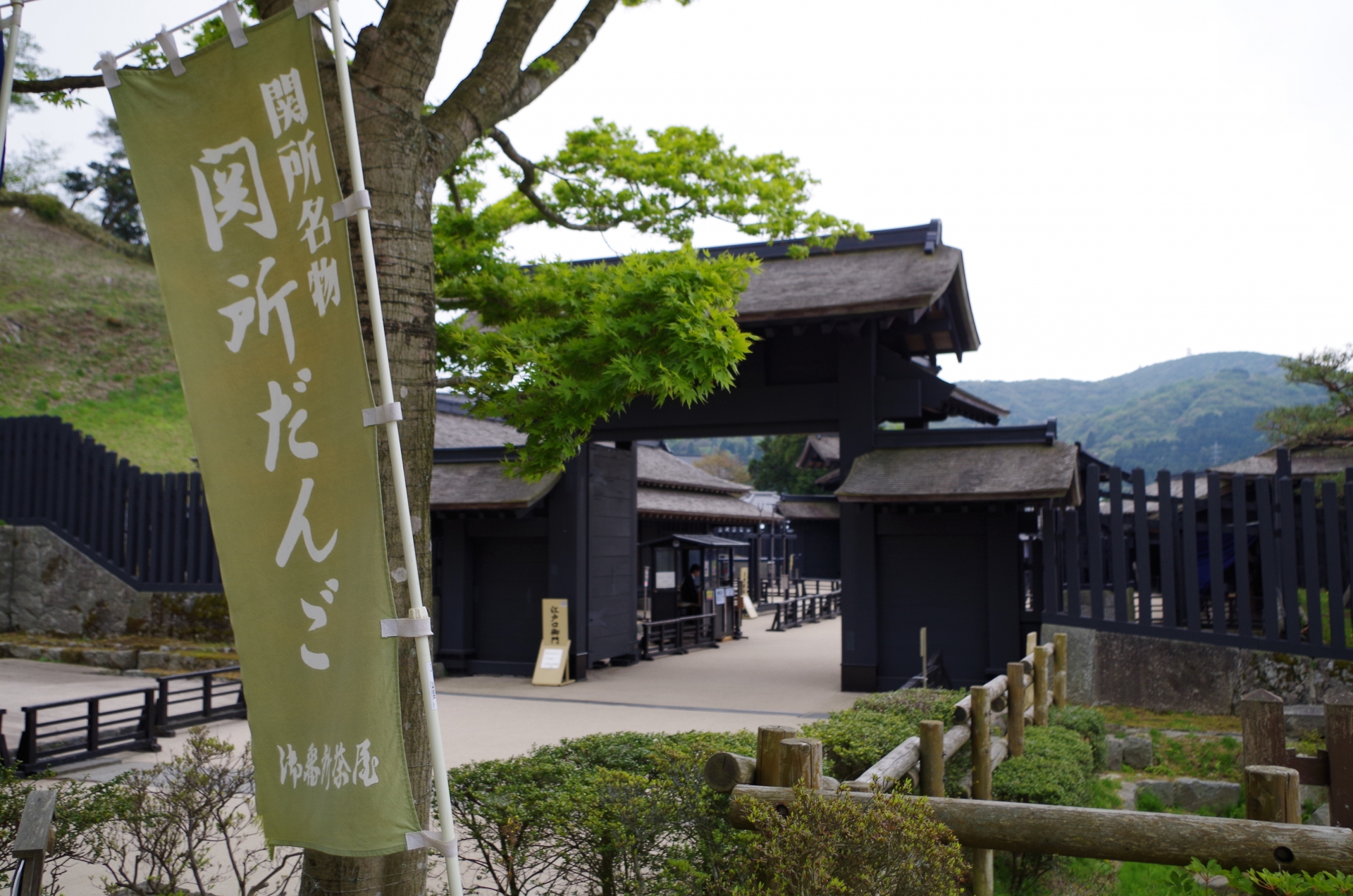
During the Edo Period (1603-1868) the ‘Tokaido’ was one of five major routes connecting Tokyo – then called Edo – with the old capital of Kyoto. Of those five routes – which also included the ‘Nakasendo’ – the Tokaido carried the most trade. As such, movement along the route was tightly monitored, controlled and of course, taxed. The Hakone Tokaido Checkpoint is a recent but beautifully executed reconstruction of a former checkpoint that once stood in Hakone. Located along the shore of Ashinoko, the reconstruction includes replicas of the Edo Period gates, fences, a look-out tower and quarters for the officers and soldiers once stationed there.
12/ NARAYA CAFE AND FOOT BATH / all year round
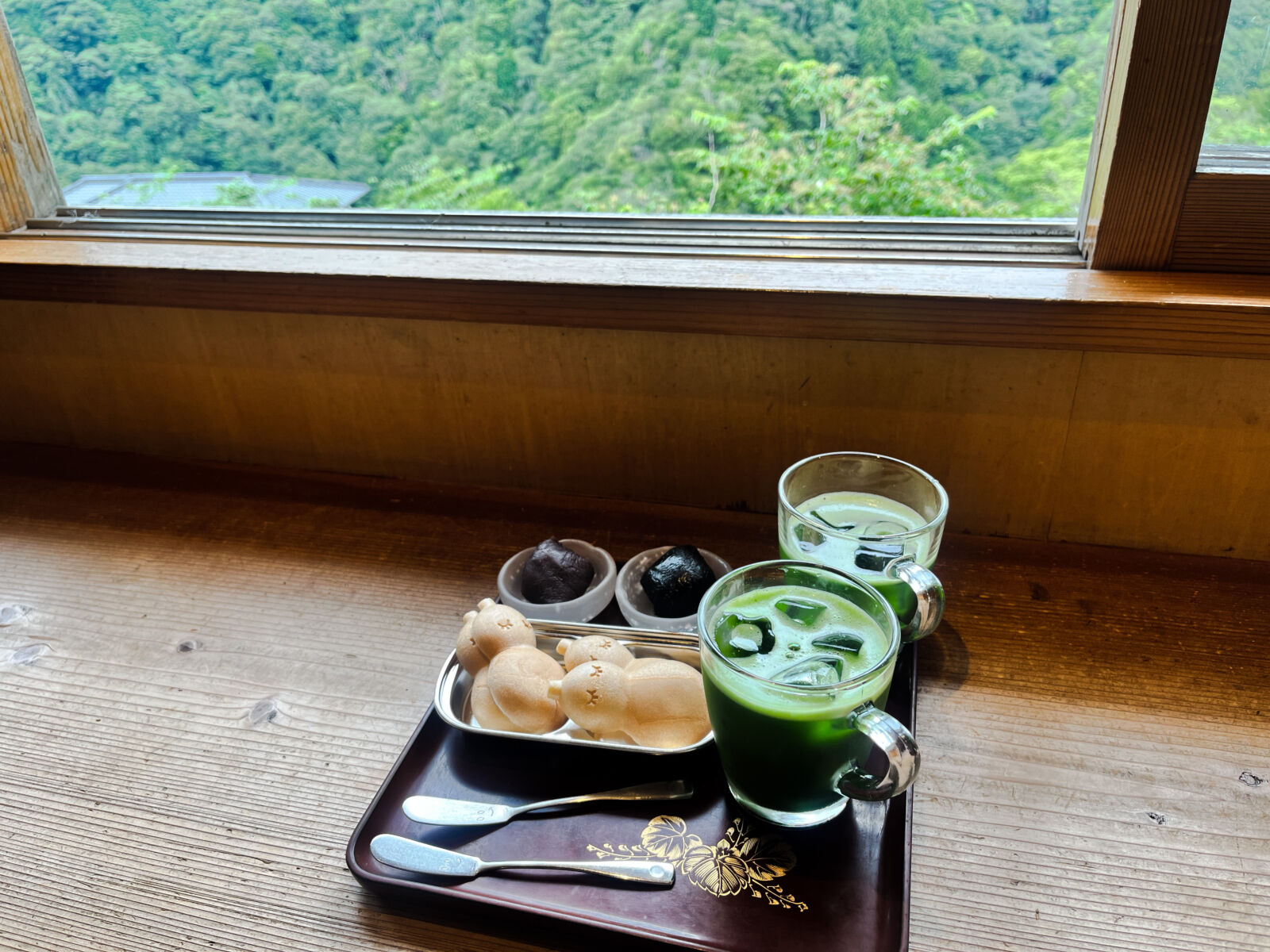
We at Snow Monkey Resorts love to try new cafes, and this cafe in Hakone is a must visit! Located just a stone’s throw away from Miyanoshita station, Naraya cafe used to be an old Ryokan or Japanese style inn built overlooking the stunning greenery of the Mountains. Here you can enjoy a variety of hot and cold food, sweets, coffee and matcha. We recommend you try their matcha lattes and ’Monaka’. A traditional Japanese sweet which consists of a wafer filled with sweet red bean paste. To make it even more special, the cafe has a free foot bath which can be enjoyed all year round. It is especially nice in the Autumn and Winter months, and makes you truly appreciate the geothermal energy Hakone possesses. The cafe also has a small shop selling local pottery and ceramics! We suggest stopping off at the cafe for refreshments before making your way to Gora station to ride the ropeway!
13/ HAKONE ASHINOKO NARUKAWA ART MUSEUM AND OBSERVATION CAFE / all year round
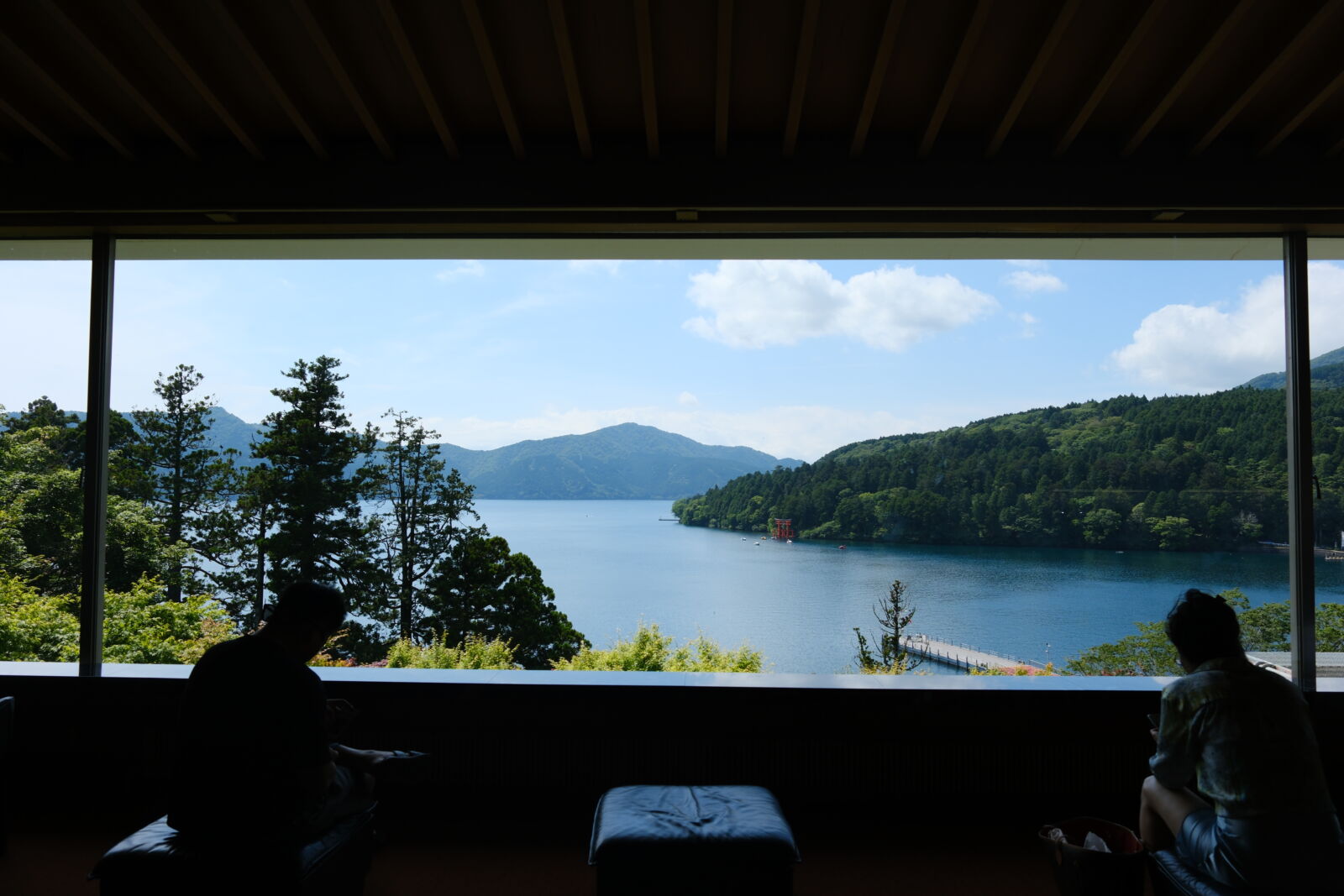
Ashinoko Narukawa Art Gallery is one of Hakone’s famous museums where you can enjoy exhibits on contemporary art known as ’Nihonga’ or Japanese style painting. It displays a wide variety of both traditional and modern art created by Japanese artists, where visitors can enjoy two floors of art. The museum is also well known for its lounge area and cafe offering amazing panoramic views of overlooking Lake Ashinoko, Hakone Shrine’s Torii gate and Mount Fuji on clear days. You can sit, relax and take great photos. The cafe serves a wide variety of snacks, sweets and drinks. We highly recommend the matcha and wagashi set, or the Fuji beer!
14 / ENJOY 'KOYO' IN HAKONE / October to November
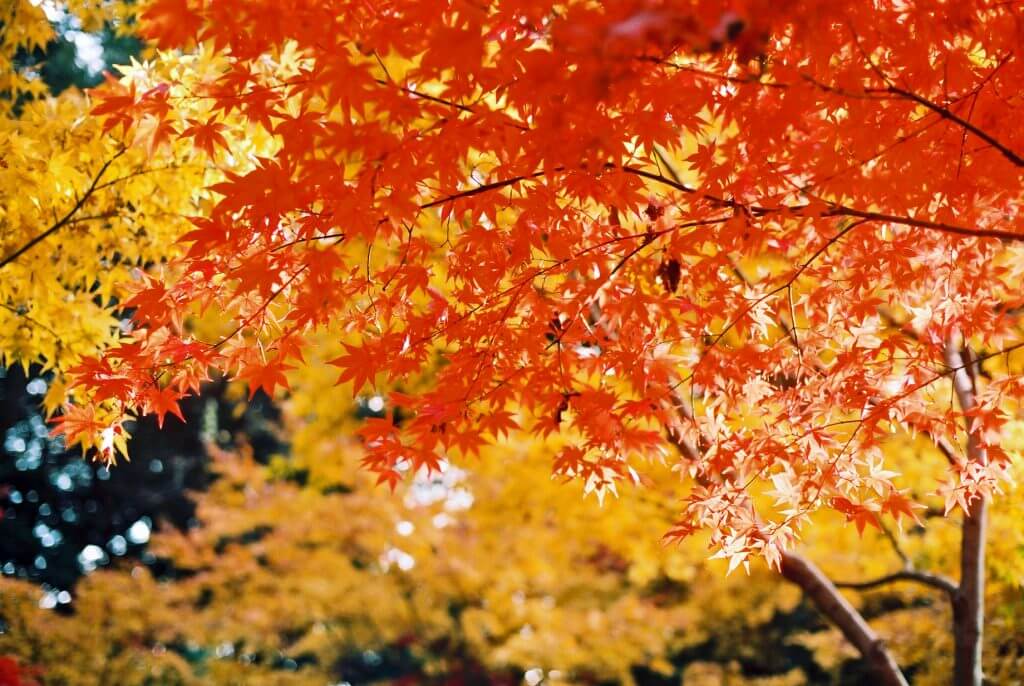
Known as ‘koyo’ in Japan, the leaves of autumn are cherished in Japan. Typically occurring in Hakone from October to November – depending on the location and weather conditions that year – Japanese will go great distance to see the beautiful leaves of autumn, including Hakone – considered one of Japan’s best spots to see them. Hakone has long been known for its stunning display of autumn leaves, which can be enjoyed at numerous spots across the region. While Hakone is not covered by the following, our ‘Autumn Leaves in Nagano’ page provides lots of good information about the culture of ‘momojigari’ (hunting for autumn leaves) and how to best plan your trip around it. While there’s never a bad time to visit Hakone, there perhaps isn’t a better one than autumn!
15 / GOTEMBA PREMIUM OUTLETS / all year round

If after exploring Hakone, you feel like doing some retail therapy, we recommend Gotemba Premium Outlets. Located approximately half way between Hakone and the Fuji area, it makes for a great stop off point between both destinations. There are buses that go regularly to the Outlet. You can enjoy shopping at this large modern shopping complex with international brands ranging from high street to designer goods. You can also access the outlets directly by bus from Tokyo, or you can even take a bus from Kawaguchiko station.
16 / ODAWARA CASTLE / all year round
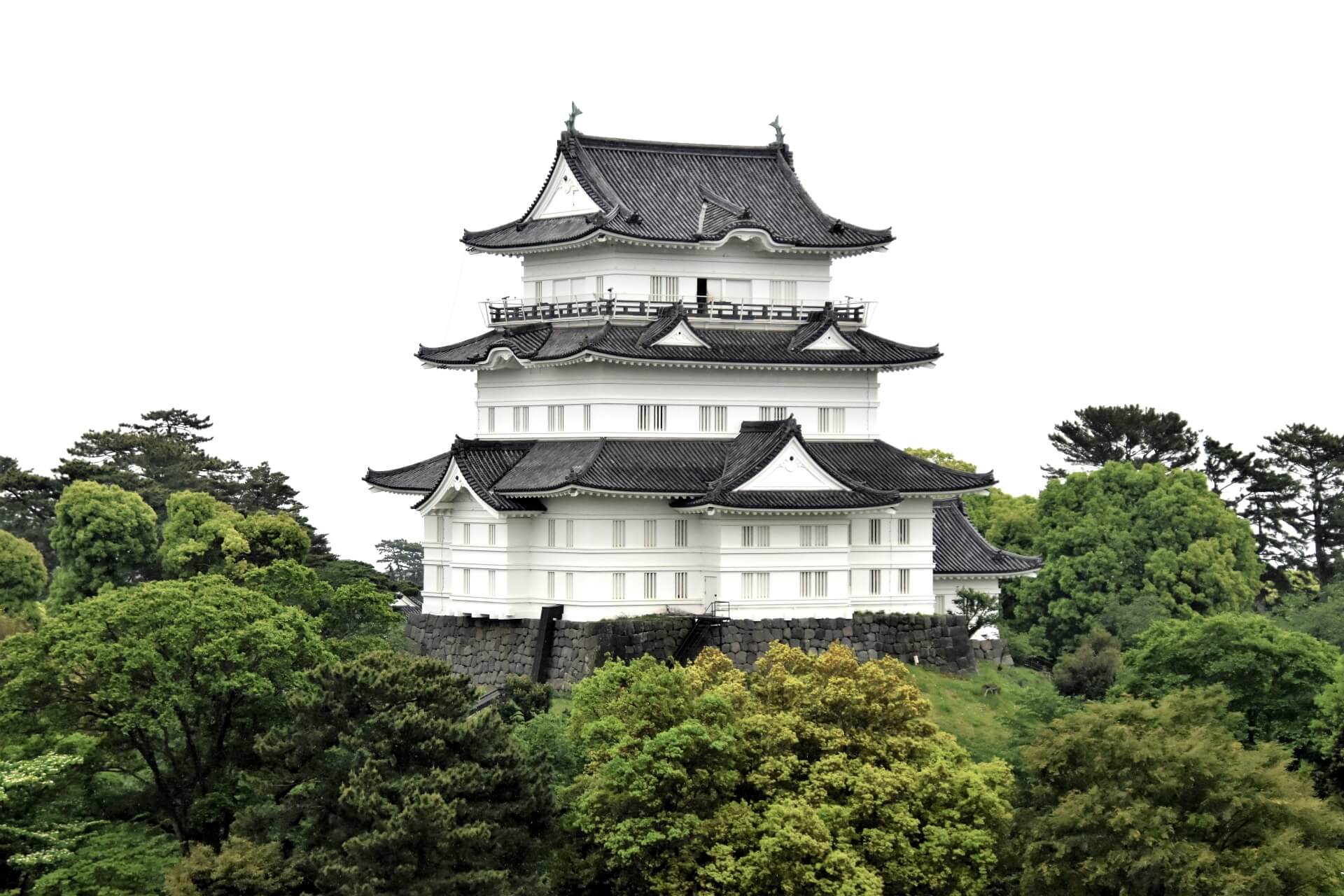
Easily accessible from Hakone, Odawara Castle dates back to the mid-15th century when it was an important stronghold during the ‘Sengoku Jidai’ or ‘Warring States Period’. Like many of Japan’s castle, the historic structures were pulled down between 1870 to 1872 in compliance with a directive issued by the Meiji government. Then rebuilt in the 1960, the contemporary structure is based on historic drawings and models of the original castle and is the nearest major castle to Tokyo. Worth visiting at any time of year, the castle is at its most beautiful during spring with the surrounding cherry and plum blossom trees burst into colour. Only 15 to 25 minutes / JPY320 to JPY380 from Hakone-Yumoto Station – depending on which service you choose – the castle is 10 minutes walk from Odawara Station. The castle is open daily (closed Dec.31 to Dec.1) from 09:00 to 17:00 with last entry at 16:30. Admission is JPY510.
17 / EXPERIENCE MOUNT FUJI / all year round
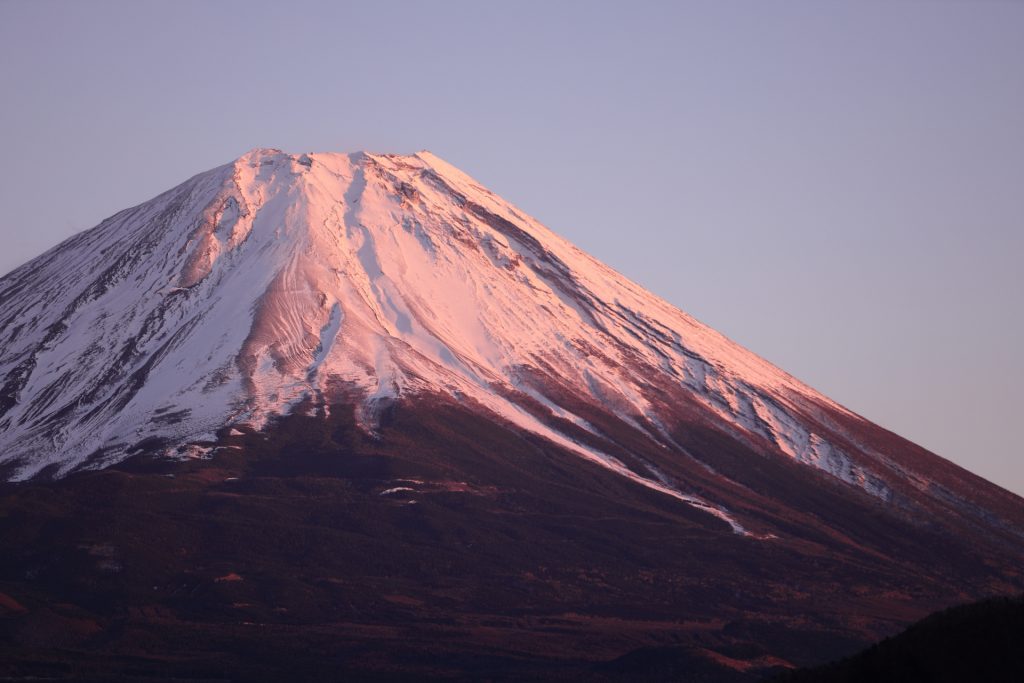
Often clearly visible from Hakone, Mount Fuji lies in close proximity to the famous hot spring town, enticing you to visit. Whether you plan to climb the mountain or just want to see it in all its grandeur, there are plenty of reasons to visit Mount Fuji throughout the year. Check out our ‘Where to See Mount Fuji’ page for more tips on the best spots to see the volcanic giant during your Hakone visit! Our ’30 Things to Do Around Fuji & Where to Stay’ page has lots of great tips and suggestions of what’s on offer on and near the mountain including other great destinations in Central Japan. It is worth noting that despite its close proximity, traveling from Hakone to Fuji isn’t the most convenient option with buses or driving yourself – taking 40 to 80 minutes depending on where in the Fuji area you’re headed – being the most convenient option to get there.
If you want to the chance to have some of the best views of Mount Fuji on your trip to Japan, then join either our ‘Mount Fuji Day Trip : Adventure Around Lake Kawaguchiko’ tour and our ’1 Day Tour : Mount Fuji and Hakone’ tour!
18 / EXPLORE ENOSHIMA / all year round
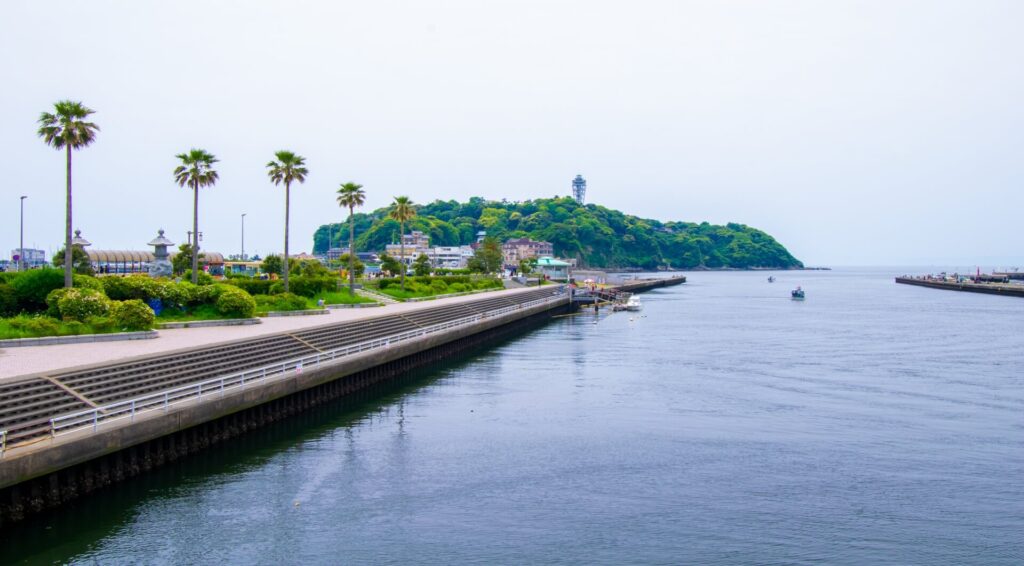
Enoshima lies around 90 minutes to the east of Hakone and includes the engaging Enoshima Aquarium and Enoshima Island. Split into twelve themed zones, the aquarium profiles the local sealife of Sagami Bay along with the nearby Pacific Ocean, the deep sea and more. The two-storey tall ‘Sagami Bay’ tank is a highlight of the aquarium, holding thousands of fish in a spectacular display of the life thriving in the nearby bay. Open daily, hours vary from month-to-month with opening timed for 08:00 to 10:00 and closing between 17:00 to 18:00. Admission is: adults JPY2500 / high school students JPY1700 / junior high & primary school students JPY1200 / children aged 3 and over JPY800. Connected to mainland by a bridge, it’s also easy to access Enoshima Island, a destination that offers a variety of attractions including beaches, coastal and forest walking trails, caves and parks, hot springs and observation points. Enoshima is another spot that on clear days affords great views of Mount Fuji. The Enoshima area can be access via multiple stations including Enoshima, Enoshima-Katase and Fujisawa from where buses run to Enoshima Island.
If you want to the chance to explore Enoshima on your trip to Japan, then join either our ‘1 Day Trip to Kamakura and Enoshima : Shrines, Seaside, Temples and Tea ’ tour!
1 Day Trip to Kamakura and Enoshima : Shrines, Seaside, Temples and Tea
- Spots:
- Pick-up:
- Drop-off:
19 / DISCOVER KAMAKURA / all year round
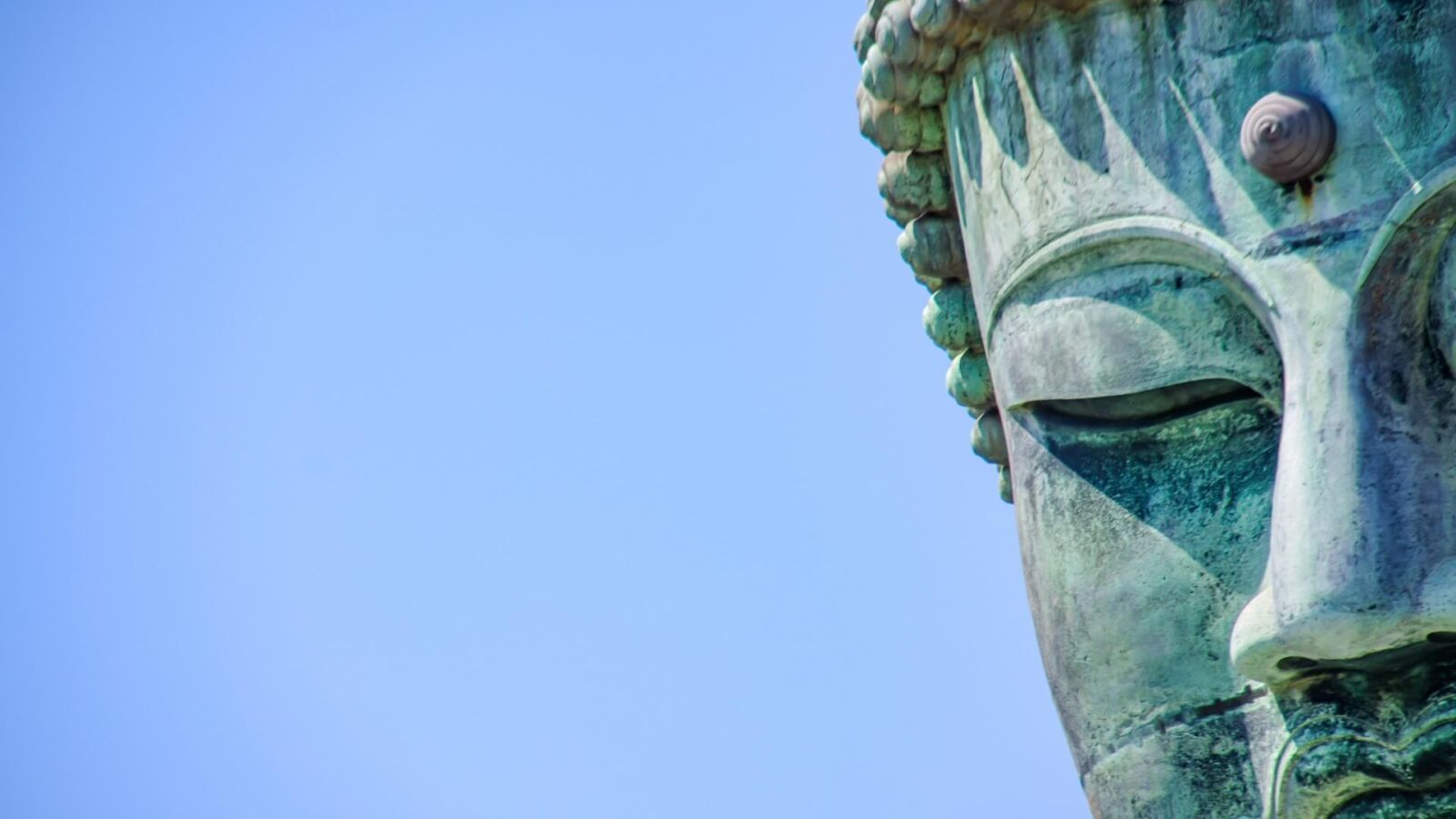
As the seat of power during the Kamakura Period, the eponymous city of Kamakura is one of Japan’s most historic and popular destinations – most famous for its temples including the ‘Five Great Zen Temples’, shrines and of course the ‘Great Buddha of Kamakura’. Our ’20 Things to Do Around Kamakura & Where to Stay’ page has information about those and other great destinations along with our suggestion of the best areas to stay when there. From Hakone-Yumoto Station, take the Hakonetozan Line to Odawara Station and once there, switch to the Tokaido Main Line to Kamakura Station – a total journey of 80 minutes / JPY1090.
1 Day Trip to Kamakura and Enoshima : Shrines, Seaside, Temples and Tea
- Spots:
- Pick-up:
- Drop-off:
20 / VISIT YOKOHAMA / all year round
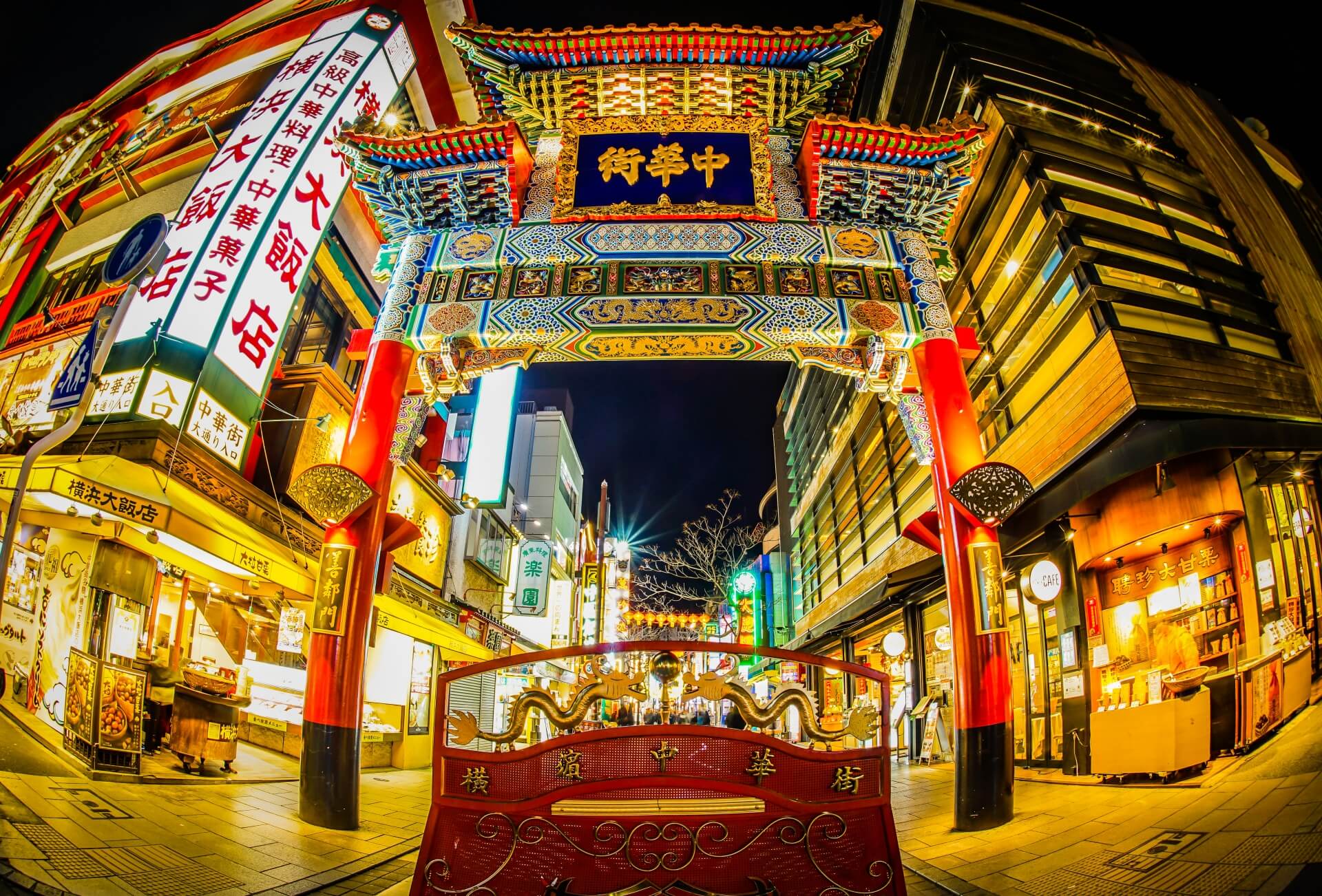
Around 80 minutes by train from Hakone, Yokohama is Japan’s second largest city – a city known for its enticing mix of modern and historic attractions. From its modern city centre and its vibrant Chinatown district – the largest Chinatown of any city in Japan – to eclectic museums, gardens and zoo, Yokohama has lots to offer and all within easy reach of Tokyo. Our ’20 Things to Do Around Yokohama & Where to Stay’ page has our suggestions of the best things of offer including links through to accommodation listings. To get there from Hakone-Yumoto Station, take the Hakonetozan Line to Odawara Station and switch to the Tokaido Main Line to Yokohama Station – 80 minutes / JPY1310.
WHERE TO STAY WHEN VISITING HAKONE
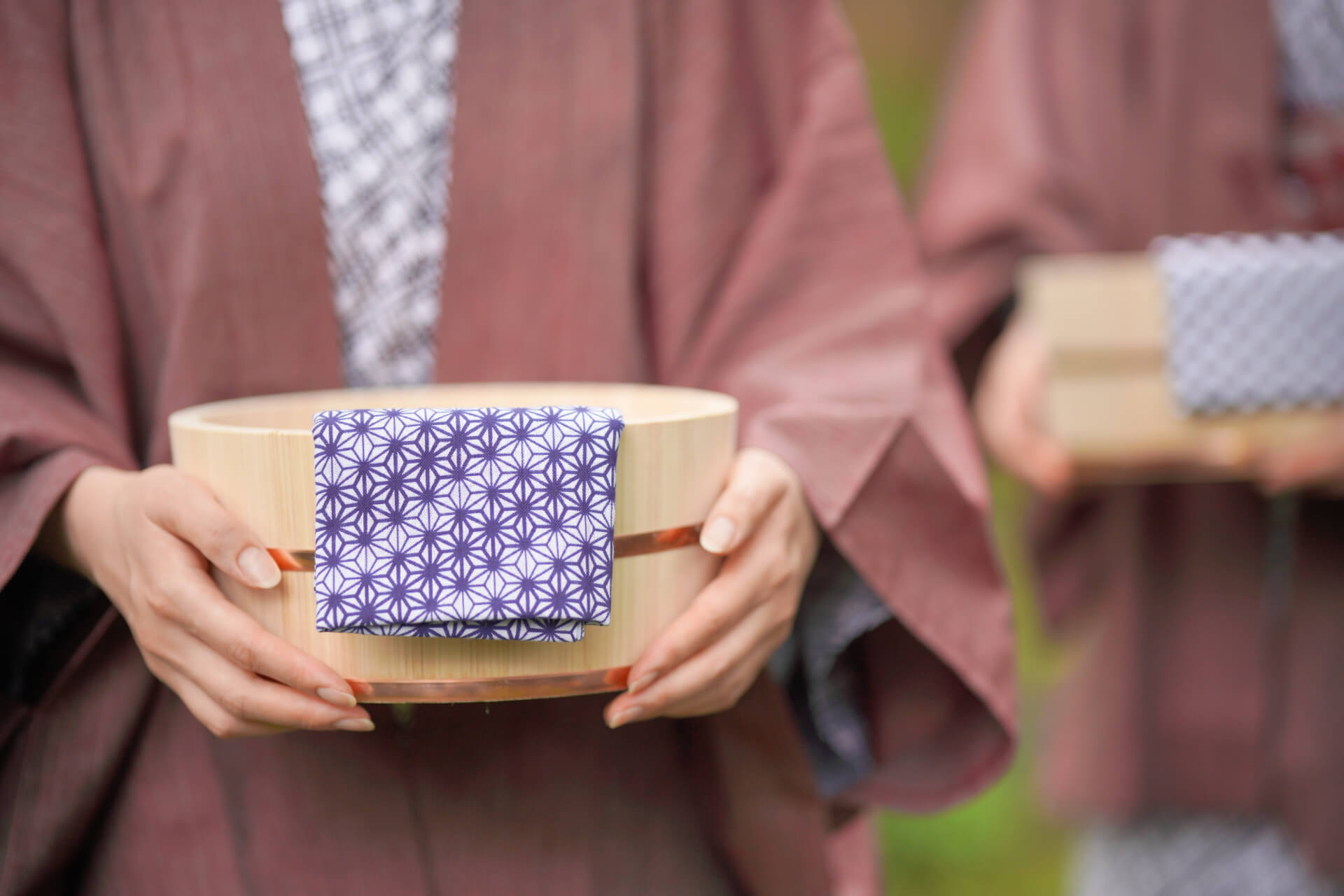
When booking your accommodation in Hakone, it’s important to do your research and choose a hotel or guesthouse in an area that suits your needs. Most international visitors will travel to and from Hakone by train, making the area around Hakone-Yumoto Station a convenient and popular choice with a good range of accommodation options. Outside the central town, Gora is another popular accommodation area accessible by car or using the Hakone Tozan Railway. Nearby Sengokuhara has a good range of hotels and restaurants however is harder to reach using public transport while the hotels of Ashinoko are distant from the main accommodation and dining areas. Our 'Best Places to Stay in Hakone' page has lots of information to help you choose the right for you including accommodation listings.
HOW TO GET TO HAKONE
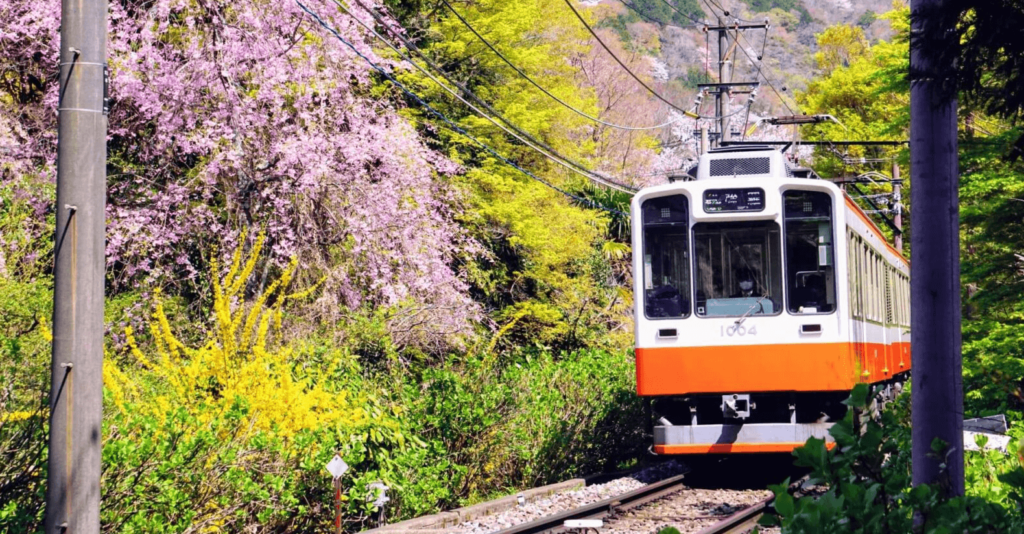
Hakone-Yumoto Station is the gateway to the Hakone area and readily accessible using trains services from Tokyo and beyond. For information on how to get there, see our ‘How to Get to Hakone’ page.
BOOK WITH US! NAGANO’S NO.1 TOUR & CHARTER OPERATOR
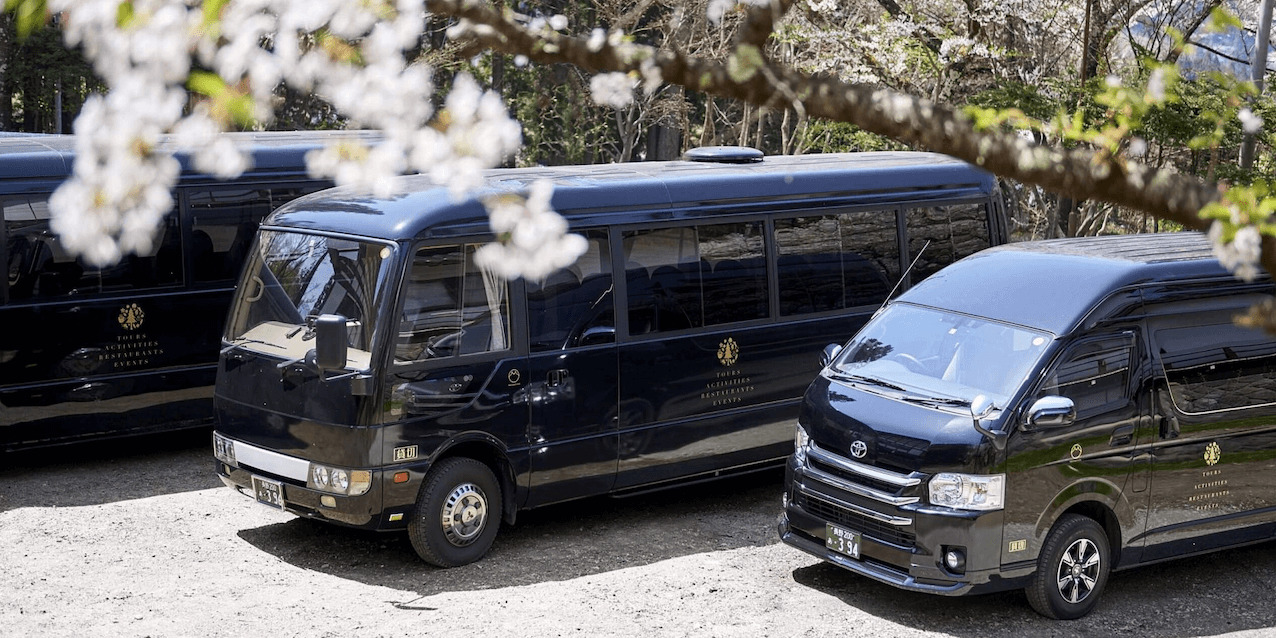

Central Japan offers many, many reasons to visit. Operating all year round, we are Nagano’s No.1-rated tour and charter operator, offering a range of services including group tours, private tours and charters. We can arrange transport including a private vehicle and driver, to transport you to, from and between any destination in Central Japan.

Our drivers and vehicles are fully certified, allowing us to transport you to and from your preferred destinations in combination with any activity that suits your schedule.
We can arrange both private tours with an English-speaking guide or a private charter, including a private vehicle and driver but without a guide. We’d love to be part of your adventure in Central Japan and help you discover even more!
Why choose us?
Awarded a 2022 TripAdvisor Travelers’ Choice Award for our 1-Day Snow Monkeys, Zenko-ji Temple & Sake Tour – recognised as one of the Top 10 Experiences in Japan – we have the local knowledge and experience to help you get the most out of your time in Nagano.
Got a question about visiting Central Japan? Contact us and let’s get planning together!














